|
Many of you have been questioning of late why the “knitter” in The Wineknitter has disappeared. I have many excuses lined up, but truth be told, my passion for knitting waned. I must confess that I haven’t picked up knitting needles in over two years…that is until last week. A family member recently reached out to me and asked if I would teach her how to knit. I was quite happy to do so. As we sat sipping wine and going through the basics of knitting, I realized how much I’ve missed the challenge of designing and creating knitwear. And I had forgotten how peaceful and centering knitting is. Although I don’t have a lot of time anymore to sketch, work out patterns, etc., my teaching session motivated me to grab some yarn and start knitting. So, with knitting needles, yarn and a glass of wine in hand, I embarked on a quick project! The “pour” that paired with my knitting project is Michel Chapoutier’s Domaine de Bila-Haut L’esquerda Côtes Du Roussillon Villages L’esquerda 2016. Domaine Bila-Haut is located in the region of Côtes de Roussillon, Languedoc in Southwest France. Michel Chapoutier is a fourth-generation oenologist and head of Maison M. Chapoutier. He is world-renowned and one of Rhône’s most famous wine producers of Hermitage, Chateauneuf du Pape and Côte Rôtie. The blend of Domaine de Bila-Haut L’esquerda 2016 is mostly Syrah with small amounts of Grenache and Carignan. The percentages vary from vintage to vintage. The grapes are hand harvested from the 67-acre L’esquerda vineyard comprised of forty to sixty-year-old vines that grow in granite and schist soils. The color of the wine is deep purple with intoxicating aromas of dark berries, spice, pepper and vanilla. The palate is layered with blackberries, plum, raspberry, fennel, spice and hints of minerality. The finish is long and filled with blackberry jam, chocolate, pepper and a touch of fennel. This is an expressive and beautifully balanced full-bodied wine. Serve with grilled meats, chicken, cheese, tuna steak and hearty stews. Alcohol: 14.5% SRP: $28 As a side note, Michel Chapoutier’s wine labels are also printed in Braille. It is Michel’s way of paying homage to Maurice de la Sizeranne who was born in 1857 and had lost his sight by age nine. Maurice was one of France’s most noted philanthropists and founded the Revue du Braille, perfecting the system of abbreviated Braille. Maurice and his family are also known for a small plot of land they own in the famous Hermitage appellation where Chapoutier sources grapes for one of his most famous wines, Monier de la Sizeranne. If you would like to learn more about Bila-Haut wines, please click on “Categories” on the right-hand side of this page. My knitting moments will be far and in-between going forward, but every now and then, I will post a “sip and stitch” story. Here is my finished cowl neck scarf which took a few hours to make. Until next time…
Cheers! Penina To leave a comment or if you have an inquiry, please contact me at [email protected] I have a friend who when blindfolded and presented with many snifters of Cognac, can taste and name not only the brand but the classification as well. His ability to discern the differences has always impressed me. To start, Cognac is a type of brandy. Brandy is produced all over the world, but only brandy made in Cognac, France can be called Cognac. There are strict guidelines to adhere to when producing Cognac. 1) Only six white grapes are permitted and they must be grown in the AOC Cognac. The grapes are Ugni Blanc, Colombard, Folle blanche, Montils, Sémillon and Folignan. The growing areas allowed are Grande Champagne, Petite Champagne, Borderies, Fine Bois, Bons Bois and Bois à Terroir 2) The wine must go through two distillations in copper pot stills at which point the liquid is called eau de vie (water of life). 3) It is then blended and aged for at least two years in Limousin or Tron French oak barrels that impart color and flavor. 4) The Cognac must be a minimum of 40% alcohol. The labels on the Cognac bottles indicate how long the Cognac has been aged for. VS – A Cognac that has aged for at least two years. VSOP – A Cognac that has aged for at least four years. XO – A Cognac that has aged for at least ten years. Some Cognac houses use this classification for Cognac that has been aged 20 or more years. Jean-Baptiste Camus founded Camus in 1863 and it is the largest Cognac house that is still entirely family-owned. Today, Cyril Camus, fifth generation, heads the company. The family home is situated in the heart of Borderies cru and they are the largest landowners in the Cognac Borderies cru. The Borderies cru is the smallest of the AOC growth areas and is also the most coveted. Borderies is comprised of 4,000 hectares located on a plateau north of the Charente River. It is exposed to a maritime climate with a terroir of chalky soil containing clay and flint stones. The Cognacs produced from Borderies have distinct characteristics of a violet bouquet and a hint of nuts on the palate. Having tried Camus VSOP Elegance a few years ago, I was quite excited to receive samples of Camus VSOP Borderies and Camus Borderies XO. 2014 Camus Borderies VSOP Limited Edition is made of 100% single-growth Borderies grapes. The color is vibrant amber with flecks of orange. The nose is steeped in aromas of floral, spice, apricot, orange rind and hints of vanilla. The palate sings with layers of honey, spice, orange, sweet apple and vanilla. This is a rich and smooth cognac that plays to a long finish. Beautiful! Cellar Master: Patrick Léger Alcohol: 40% SRP: $54.99 Camus Borderies X0 is a single-estate Extra Old Cognac, aged in oak a minimum of 6.5 years. It is handcrafted from grape to bottle and produced in limited quantities. The grapes are harvested from the most prized vines in the Domaines Camus estate. This Cognac was first introduced in 2000. It is intensely aromatic with notes of violets, sherry and almonds that segue onto the palate. Hints of caramel, dried fruit and vanilla linger on the finish. The XO is rich, silky and truly decadent! When paired with dark chocolate, it is a sexy dance in the mouth! Cellar Master: Patrick Léger Alcohol: 40% SRP: $170 For additional information about Camus and their Cognacs, go to https://www.camus.fr
Although I may not be able to label Cognacs when blindfolded, I’m quite certain I could pick out Camus Borderies VSOP and XO in a lineup. They definitely stand out! Until next time… Cheers! Penina To leave a comment or if you have an inquiry, please contact me at [email protected] Once upon a time, I met a successful NYC restaurateur who introduced me to wines that I had only heard of or read about. He opened up a whole new world for me to explore. And thus began my education and love affair with wine. I went on to marry the restaurateur and we continued exploring and tasting wine together. Alas, the marriage eventually ended after juggling three restaurants, a cabaret club and recording studio, but our shared passion for wine has never wavered. Recently, I received a gift of several boxes of vintage wine from the restaurateur who is in the process of cleaning out his cellar. I have tucked away this precious cargo, but every now and then I will be opening and sharing these wines with my friends. I’m sure that not all of the wines have survived through the years even though they were kept in a cool environment. As I open each bottle, I will post my findings here. So, let’s start with Domaine Fontaine-Gagnard 1998 Bâtard-Montrachet Grand cru. Domaine Fontaine-Gagnard is located in the village of Chassagne-Montrachet in the heart of Burgundy, France. Laurence, the daughter of Jacques & Marie-Joseph Gagnard and Richard, whose families have worked the vines going back several centuries, founded the domaine in 1985. Bâtard-Montrachet is one of five Montrachet Grand Cru vineyards that lie between the villages of Puligny-Montrachet and Chassagne-Montrachet. With just under 28 acres, Bâtard-Montrachet is considered home to the world’s greatest white wines, specifically, Chardonnay. The soil is limestone based and is deep, rich and gravelly, contributing to an emphasis in the wine’s minerality, richness and elegance. I had misgivings about this bottle of Chardonnay, as the color appeared a little off inside the bottle. Another wine writer and I opened the bottle while dining out. The color of the wine discouraged me, but my friend was not deterred. After a few swirls, then smelling and tasting, I announced, “this is not Chardonnay as we know it.” For me, the bouquet and palate were more reminiscent of a mild Madeira wine. There were traces of dried fruit, toffee and vanilla. Yes, it was “drinkable”, but for me, not enjoyable. However, my friend found the wine to be interesting, even though it was well past peak. He said it was unctuous, had nice caramel notes and a good mouthfeel with depth. The owner of the restaurant where we were dining suggested opening a bottle of Louis Latour 1998 Bâtard-Montrachet Grand cru that he had stored in his wine cooler. Of course, we said yes! Louis Latour 1998 Bâtard-Montrachet Grand cru was a soft gold color with aromas of honey, soft citrus and subtle floral. The palate was subtle but flavorful, with hints of apple, dried fruit, honeysuckle and minerality. It was quite enjoyable and impressive for a twenty-year-old wine. And, it was fun to compare the 1998 vintages from the same vineyards, but different producers. As we neared the end of our meal, I tasted the Fontaine-Gagnard again. It had softened and was palatable. However, the Louis Latour was the winner, hands down!
I’m looking forward to opening more bottles from my new collection. And hopefully, there will be some real treats to savor. As I have no doubt that the “restaurateur” is reading this story, I want to say thank you, not only for the recent wine delivery but for also introducing me to wine and continuing to support and be a cheerleader for my wine, food and travel endeavors over the past few years. Until next time… Cheers! Penina To leave a comment or if you have an inquiry, please contact me at [email protected] Once upon a time, there was a Benedictine monk and cellar master who lived and worked at Hautvillers Abbey; his name was Dom Pérignon (1658-1715). As legend has it, it was Dom Pérignon who discovered how to turn the still vin de Champagne into a foamy, bubbly wine. This is indeed a controversial subject and one that I will pursue at another time. My focus today is on another legend in the making whose origins are from Hautvillers as well. Hautvillers is a traditional Champagne village located on the right bank of the Great Valley of the Marne in the foothills of Montagne de Reims in France. Premier Cru is exclusively grown here. Chardonnay, Pinot Noir and Pinot Meunier are grown in soil containing chalk and belemnites originating from the Mesozoic era. Hautvillers is a small village with only 850 inhabitants and nestled amongst the residents is Champagne Marion-Bosser, a small cooperative producer that has been in the family for five generations. Today, Champagne Marion-Bosser is led by the dynamic mother-daughter team of Bernadette and Elodie Marion. Elodie’s maternal great-grandfather launched Marion-Bosser, which was then passed down from mother to daughter with each ensuing generation. At a point in time, Elodie’s grandmother moved the family to Paris and leased out the vineyards, but Bernadette moved the family back to Hautvillers in 1994 to take over the vineyards again. At the age of forty, Bernadette immersed herself in school to learn farming and winemaking. Her daughter Elodie also pursued an education, enrolling in the Beaune wine school CFPPA in Burgundy. After completing eight years of study in Burgundy, Elodie returned to Hautvillers in 2009 to work alongside her mother in running the domaine. Marion-Bosser owns three hectares of old-vine premier cru vineyards, most of which are Pinot Noir, in their home village. They source out their Chardonnay from grand-cru vineyards in Oger and Vertus. These impressive women work the vines by themselves and practice sustainability that is influenced by Elodie’s Burgundian education. Elodie makes her wine at the local cooperative, which demands strict specifications from farming techniques to winemaking. In addition, she has the advantage of using state-of-the-art equipment and is surrounded by fellow enologists. Needless to say, the wines reflect the passion and dedication that has gone into making them. Images of Hautvillers courtesy of Marion-Bosser Elodie prefers to age the champagne before the wine is bottled and likes to keep the dosages low, preserving “the fresh character of the grapes intact”. Brut Tradition, Premier Cru is 60% Chardonnay and 40% Pinot Noir. It is aged for 3 years on lees. The color is golden with a soft bouquet of floral, pear and stone fruit. The palate offers fine, persistent bubbles with tart apples, stone fruit and hints of nuts and yeast. This is a lively champagne with lots of freshness and a lingering taste of lemon zest. Alcohol: 12.5% SRP: $47.99 Extra-Brut Blanc De Blancs Premier Cru is 100% Chardonnay. It is aged for 3 years on lees. The color is light straw with aromas of lemon, granny apples and minerality. The palate offers soft fruit with crisp acidity, refreshing mousse, toast and fine bubbles. This is a dry wine with a clean finish. Alcohol: 12.5% SRP: $53.00 Brut Rose, Premier Cru is 55% Chardonnay, 30% Pinot Noir and 15% Pinot Noir red wine. It is aged for 3 years on lees. The color is pink salmon with delicate aromas of strawberry and red berries. The palate offers persistent fine bubbles with strawberry, raspberry, hints of citrus and minerality. Beautifully balanced, creamy and a crisp finish. I enjoyed sipping it with my gourmet grilled cheese sandwich! Alcohol: 12.5% SRP: $56.99 Millesime Premier Cru 2008 is 50% Chardonnay and 50% Pinot Noir. It is aged for 5 years on lees. The color is golden yellow with lovely aromas of stone fruit, soft red berries and baked bread. Stone fruit dominates the palate with fine bubbles, soft fruit and a lemon zest finish. This is a crisp, dry and bold wine. Alcohol: 12.5% SRP: $74.99 All of the above champagnes will pair well with an array of food or drink beautifully as an aperitif. My guests enjoyed sipping and nibbling on a variety of cheeses, fig spread, fruit and shrimp with cocktail sauce. As their brochure states “this family-run estate has made wines with care, precision and a passion for terroir, from generation to generation for more than a century. They are passionate about the land and about the wine.” And it clearly shows in each bottle of these elegant wines!
A few years ago I wrote a story about Loire Valley. After attending “Spring to Loire Valley 2018” wine tasting this past week, I thought it would be worthwhile to revisit these noteworthy wines with you. So before I get into the specifics of some of the wines I tasted, let’s review the Loire Valley region. Loire Valley spans 170 miles and is located in the middle stretch of the Loire River, (France’s longest river) in central France. Loire Valley is also called the “Garden of France” noted for its vineyards, floral gardens, castles and historic towns. The Loire Valley wine region is France’s third largest winemaking region and ranks second in production of rosés. The vineyards, situated along the river, stretches from the Atlantic coast to north-central France. The diversity in soil composition and climate along this stretch plays a key role in the production and characteristics of the wine. Pays Nantais region is closest to the Atlantic Ocean and produces Muscadet, made from the Melon de Bourgogne grape. An interesting note, more Muscadet is produced than any other Loire wine. Muscadet tends to be light-bodied and dry. The high acidity and soft citrus notes make for easy food pairing. The Anjou region is best known for its fruity rosés and red wines. Many of Loire Valley’s sweet wines are produced here. Chenin Blanc and Cabernet Franc are the most prominent grapes used. Saumur is considered a premier sparkling wine region in France and is also noted for its red wines made with Cabernet Franc. The main variety of grape for white wines is Chenin Blanc. Due to the chalky soil, the sparkling wines tend to drink like champagne. The red wines lean towards fruity and light-bodied. Touraine has many famous appellations that include Vouvray, made from Chenin Blanc grapes and Chinon and St. Nicolas de Bourgueil, both made from Cabernet Franc. The red wines from this region are made mostly from Cabernet Franc, Gamay and Malbec and tend to be rich in tannins. Most of the white wines are made with Sauvignon Blanc and tend to be dry and refreshing with an edge of fruit and tart. Centre-Loire region is at the center of France. “It is the original home of Sauvignon Blanc and of Sancerre, the world’s most prestigious Sauvignon Blanc wine that sets international standards for the grape”, as cited from Loire Valley Wines. The majority of the wines that come from the Loire Valley are pressed from a single varietal as opposed to most classic French wines that are blended. It is easier to discern the terroir of the single varietal grapes through aroma and taste. There are 24 grape varieties in the Loire Valley. The leading white varietals are Melon De Bourgogne, Chenin and Sauvignon. The leading red varietals are Pinot Noir, Cabernet Franc and Gamay. With 28 wine importers showcasing wines from all four regions, I had the opportunity to taste a wide range of whites, reds, rosés and sparkling wines. Below is a slide show of just a few of the wines I tasted along with a brief summary of wines that caught the attention of my palate. Domaine de Cézin, 2016 Chenin Blanc is from the Jasnières appellation. It is 100% Chenin Blanc grown in limestone and clay soil. Layers of light fruit, honey, floral and minerality on the palate show off the aromatic and off-dry characteristics of this wine. SRP: $24
Domaine des Varinelles 2015 Cabernet Franc is from Saumur-Champigny. It is 100% Cabernet Franc and packs a punch with berries, spice, pepper and cherry. Medium tannins and easy to drink. SRP: $20 Domaine Pascal Jolivet 2016 Sauvignon Blanc is from Sancerre. This is a dry and lively wine with fresh citrus, melon, pear, minerality and a snappy lemon curd finish. SRP: $38 Maurice Bonnamy Cabernet Franc Rosé Sparkling NV Crémant-de-Loire appellation. Fine and foamy bubbles lead to fresh citrus, red fruit and spice with a chalky lemon finish. Nice! SRP: $16.99 Domaine Champeau 2016 Chasselas is from Pouilly-sur-Loire appellation. Chasselas grapes originated in Switzerland and are grown in several countries. Although it is usually blended with Sauvignon Blanc, this particular wine is 100% Chasselas. The wine is mild with citrus and floral overtones, lots of salinity and a sour edge to it. Food pairing can be a challenge, but mushrooms, quiche, cheese and fruit work. SRP: $14.99 Domaine Valery Renaudat, 2016 Pinot Gris Rosé is from the Reuilly appellation. This 100% Pinot Gris has layers of citrus, floral, peach and strawberry. Lively acidity with a hint of a bitter finish. SRP: $17.99 Jean Michel Gautier/Domaine de la Racauderie Grolleau Rosé Sparkling NV This 100% Grolleau comes from Touraine appellation. Persistent fine bubbles with soft sweetness, red fruit and lively acidity. Fresh and dry. SRP: $22.99 Domaine du Colombier-Mouzillon-Tillières 2012 Melon de Bourgogne This 100% Melon de Bourgogne is from Muscadet-sèvre-et-Maine appellation. More than two-thirds of total Muscadet production comes from this appellation. The wine is tangy with flinty notes, salinity and hints of apple and mild fruit. SRP: $19.99 Domaine de la Colline 2016 Cabernet Franc is from Chinon appellation. This 100% Cabernet Franc is medium-bodied and earthy with notes of dark fruit and plum. Hints of floral and soft fruit remain on the palate. SRP: $14.99 The wines of the Loire Valley range in style and complexity. So, no matter what you like to drink, whether it’s white, red, rosé or sparkling, crisp, dry, sweet, fruity, racy, edgy, earthy or robust, Loire Valley has a wine that is sure to please your palate. Cheers! Penina To leave a comment or if you have an inquiry, please contact me at [email protected] Spring is being quite obstinate in making an appearance. And, I am getting quite tired of the chilly temperatures and forecasts of impending snow showers. I’m ready to trade in my winter coat and gloves for a sundress and sandals! So, to liven things up a bit, I brought a bit of spring indoors and to my dining table. I opened a bottle of Rosé that I had just received from the Côtes-du-Rhône and served it with delicious smoked salmon pasta. The wine was Ferraton Père & Fils Samorëns Rosé 2017. I tasted and reviewed the 2016 vintage last year and I was not disappointed with the 2017 vintage! The Côtes-du-Rhône vineyards, located in Southern France, extend from Vienne to Avignon and include 171 vineyards. The region enjoys a Mediterranean climate conducive to grape growing that also reflects in the characteristics of the wine. The grapes for this particular wine were grown on the right bank of the Rhône in limestone, sand, pebbles and clay soil. Ferraton Père & Fils estate is located in Tain l’Hermitage and was founded in 1946 by Jean Orëns Ferraton. His son Michel, inheriting the same passion as his father, introduced the first Hermitage, Crozes-Hermitage and Saint-Joseph wines to the world. Michel Chapoutier, a highly regarded winemaker and close friend of the Ferratons’ introduced organic viticulture to the vineyards in 1998 and he eventually formed a partnership with the Ferratons. By 2000, all of the vineyards were converted to biodynamic farming and are now certified organic. What began in 1946 as a .3 hectare estate (some of these vines still produce fruit), Ferraton now has an annual production of about 350,000 bottles. Today, Ferraton is headed by oenologist Damien Brisset, who is supported by a young, dynamic team with an average age in the mid-thirties. The Samorëns Rosé 2017 is a blend of 75% Grenache with Syrah and Cinsault. The color is rich coral with delicate aromas of fresh berries, soft floral, hints of citrus and melon. The palate offers red berries, peach, floral and a touch of vanilla on the finish. This is a dry, medium-bodied wine with good acidity and minerality. It’s perfect to serve as an aperitif or with light pasta dishes, seafood and even dessert! Alcohol: 13.5% SRP: $15 The pasta dish is made with smoked salmon, roasted squash, peas, shallots, herbs and Parmesan cheese. I served it warm, but it is delicious as a cold entrée to present throughout the summer as well. And of course, the rosé was an ideal accompaniment to the meal. I’m counting the days until I can finally sit outside, enjoy the sunset, grill food and sip some wine! I have lots of bubbly to share with you in the coming weeks. Until then…
Cheers! Penina To leave a comment or if you have an inquiry, please contact me at [email protected] The following post was intended for publication a few days ago. However, as my finger hovered over the “publish” button, the power went off in my home due to the tumultuous Nor’easter raging outside. I lost communication with the world…no Internet, TV or phone service. It has been an interesting and challenging few days to say the least and I still have no electricity. Through the kindness of friends, I’ve been able to “recharge” and finally go online today. So here is the story as written before the lights went out! Winter is not over yet and another Nor’easter has descended upon us. So rather than gaze out the window helplessly watching the tree branches bend in a torturous rebellion against nature, I decided to transport myself to the South of France! And it was so easy; all I had to do was open a bottle of wine! My taste buds took me to Languedoc, France’s largest wine producing region extending from the Rhône valley in the east to the Spanish border in the southwest, The wine styles reflect the climate and terrain which vary with the location of the vineyards growing from the Mediterranean to the mountainous terrain more inland. About 75% to 80% of the region’s wine production is red with Syrah, Grenache, Mourvèdre and Carignan being the major players. The red wines from this region are noted for being fruit driven and full-bodied with an emphasis on blends rather than single varietals. Languedoc is also one of France’s largest organic wine growing regions. Le Domaine Fabrègues is located in the heart of Languedoc on a hillside in the village of Aspiran, with Cévennes and the Black Mountain as its backdrop. Carine Despinasse is owner and winemaker. Domaine de Fabrègues 'Le Coeur' Languedoc 2009 is a beautiful blend of 80% Syrah and 20% Carignan. The Carignan grapes are harvested from 75+-year-old vines. The color is deep garnet with a bouquet of cherry, sweet fruit, earth and spice. The palate is a concentration of black cherry, dark and juicy fruit, plum, pepper and licorice. The wine is full-bodied with smooth tannins and hints of dark chocolate and spice that linger on the palate for a very satisfying and long finish. This is an impressive wine and moderately priced! Alcohol: 14% SRP: $20 Languedoc also produces some wonderful white, rose, sparkling and sweet wines. Check out some of my stories and reviews of producers and wines in this region by clicking on the Category menu on the right-hand side of this page. I love the south of France…especially in the middle of a snowstorm!
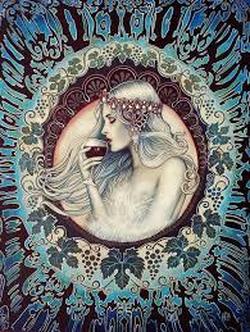 On the eve of the summer solstice in June, I wrote about Ferraton Père & Fils flavorful Samorëns Rosé 2016 and Samorëns Blanc 2016. And now that we are just fifteen days away from the winter solstice, I decided it was time to open a few reds from Ferraton Père & Fils. Ferraton Père & Fils estate is located in Tain l’Hermitage in Southern France and was founded in 1946 by Jean Orëns Ferraton. His son Michel, inheriting the same passion as his father, introduced the first Hermitage, Crozes-Hermitage and Saint-Joseph wines to the world. Michel Chapoutier, a highly regarded winemaker and close friend of the Ferratons’ introduced organic viticulture to the vineyards in 1998 and he eventually formed a partnership with the Ferratons. By the year 2000, all of the vineyards were converted to biodynamic farming and are now certified organic. What began in 1946 as a .3 hectare estate (some of these vines still produce fruit), Ferraton now has an annual production of about 350,000 bottles and is headed by oenologist Damien Brisset. La Matinière Crozes-Hermitage 2015 is 100% Syrah. Crozes-Hermitage is the largest appellation in the Northern Rhône and is known for its exceptional Syrahs. The grapes for the La Matinière are sourced and blended from a mix of estate and neighboring vineyards in the Mercurol and Beaumont-Monteux districts of central and southern Crozes-Hermitage. The wine is the color of dark plum bordering on purple. It is very aromatic, filling the nose with cherry, dark berries, spice and earth. The palate offers a beautiful dance of dark cherry, red berries, pomegranate, pepper and cocoa. Smooth tannins with a long finish of cherry, plum and pepper add a nice kick to the finale. This is a versatile wine when it comes to pairing with food! Alcohol: 13% SRP: $23 Côtes-du-Rhône is in the Southern Rhône. The region enjoys a Mediterranean climate conducive to grape growing which also reflects in the characteristics of the wine. Samorëns Côtes-du-Rhône Red 2015 is a blend of 85% Grenache, 10% Syrah and 5% Cinsault. The grapes are sourced from estate and smaller growers mostly located in the Northern Rhône. The color of the wine is dark ruby with aromas of lush red fruit, cherry, raspberry, floral and spice. The palate offers tart cherry, raspberry, fennel and pepper. It has a lovely mouthfeel with spice and pepper on a long finish. At $14 a bottle, this is a steal! Will pair well with pasta, meats and hearty fish. I popped a chocolate kiss in my mouth and took a sip of the wine. Wow! Alcohol: 14% SRP: $14 All of these wines, including Samorëns Rosé and Samorëns Blanc, will drink beautifully at any time of the year. Don’t limit your selection of wine based on what season it is. Be adventurous and have some fun with mixing it up a little. I have white and rosé wine chilling in the refrigerator all year long!
Cheers! Penina To leave a comment or if you have an inquiry, please contact me at [email protected] Thanksgiving is fast approaching and for those who are hosting family and friends, it is a busy time of finalizing menus, shopping and perhaps selecting wines to pair with a variety of dishes. Since sparkling wines, roses, whites and many reds pair well with turkey and traditional side dishes, the possibilities of what to select might seem daunting. It all boils down to personal preference. However, a good rule of thumb in choosing a red is to look for mild tannins and moderate acidity. The trick is to enhance the meal…not overpower it. I recently tasted Bila–Haut’s 2016 “Les Vignes” Rouge and “Les Vignes” Blanc, both great wines to open at Thanksgiving. I have written about Domaine Bila-Haut and winemaker, Michel Chapoutier in previous stories. 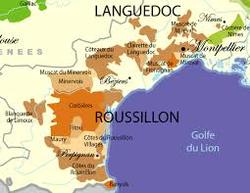 To recapitulate: Domaine Bila-Haut is located in the region of Côtes de Roussillon, Languedoc, a wine region known for making top quality wines. It is in Southwest France, and very close to Spain. Michel Chapoutier is a fourth-generation oenologist and head of Maison M. Chapoutier. He is world-renowned and one of Rhône’s most famous wine producers of Hermitage, Chateauneuf du Pape and Côte Rôtie to name just a few. Chapoutier purchased the 190-acre Domaine Bila-Haut in 1999. It was a neglected property but showed promise with the land being a mix of schist, gneiss and clay. With Chapoutier’s knowledge, expertise and passion along with the climate of the Mediterranean, he turned the land into a perfect growing environment for Syrah, Grenache and Carignan. Bila-Haut wines reflect all of this. Les Vignes de Bila-Haut Rouge is exquisite. This Syrah-dominated wine is blended with Grenache and Carignan. The color is royal purple with concentrated aromas of dark berries, spice, herbs and a pleasant earthiness. The palate is layered with dark cherries, plum, blackberry, spice, pepper and chocolate. The wine is medium-bodied with mild tannins and a long finish of berries and spice dancing on the palate. This is a wine that can be savored right through dessert. Alcohol: 14.5% SRP: $15 Les Vignes de Bila-Haut Blanc is a blend of Grenache Blanc, Grenache Gris, Vermentino and Macabeo. Michel Chapoutier has truly captured the essence of these varietals. The wine is very aromatic with saline notes, citrus, floral and green apples. The palate offers soft citrus and herbs. The wine is crisp, beautifully balanced and the finish offers a taste of lemon zest and the sea. Alcohol: 13.5% SRP: $15 To quote Chapoutier “I’m focused more on length and aftertaste than on the nose because the wine is meant to be married with food”. And I can assure you; these wines will complement a wide range of food! Have a great day!
Cheers! Penina To leave a comment or if you have an inquiry, please contact me at [email protected] There are many historical gems that exist all over Manhattan. After living there for so many years, I’m still awestruck when I learn about or stumble across another piece of history. And to my delight, I’ve added another hidden treasure to my list of historical buildings. Last week I was invited to attend the Bruno Paillard Champagne master class in New York. The event took place in Harriet and Bill Lembecks’ Rose Hill Historic House, located on 29th Street and 3rd Avenue. It is an 18th century farmhouse that is steeped in history. The house is on the National Register of Historic Places. After purchasing the property, the Lembecks’ converted the downstairs into a wine education center. Entering through a side gate, I walked through a “secret garden” to where the event was being held. The room was charming and beautifully furnished with a brick fireplace, fabric walls and a copper & patina finish on the tables. It was the perfect setting for Bruno Paillard to lead the master class and introduce us to his wines. See slideshow below. Champagne Bruno Paillard is located in the heart of the Champagne region. It is an independent family run house that Bruno Paillard, at the age of 27, founded in 1981. Bruno comes from a long line of Champagne vine growers and grape brokers in the two Grands Crus villages of Bouzy and Verzenay dating back to 1704. Bruno’s great grandfather was a vineyard manager and Bruno’s father Rémy had a small parcel of vines in addition to owning a grape-broking company. With a sense of purpose and having spent six years of grape-broking, it seemed only natural for Bruno to want to start his own Maison. His focus is single vintage and small production. His daughter, Alice Paillard joined her father in 2007 as co-manager. She says about her father, “Bruno Paillard is part of his Champagnes’ DNA”. Maison Bruno Paillard is a small Champagne house with 79 acres. In 1994 Bruno purchased his first vineyard (7.5 acres). They buy only the best grapes from the Grand Cru plots which are on the greatest chalky subsoil of Champagne. Bruno says, “Where the grapes come from is more important than the composition.” In addition to the terroir and rigorous grape selection, Bruno uses only the highest quality first press juice, which allows for more aging potential acidity and chalky minerality. The addition of sugar (dosage) is minimal to “let the freshness shine through” and the ageing is two to four times longer than the legal minimum in Champagne. In 1983, Bruno Paillard became the first Champagne producer to print the disgorgement date on the label of every single bottle produced. Disgorgement is a critical step in making Champagne and other sparkling wines. After the second fermentation in the bottle, sediment forms and must be coaxed to the neck of the bottle, called remuage. The bottles are turned in such a way as to allow the sediment to move towards the neck of the bottle over a period of 8 days to 5 weeks. Once the remuage is complete, the neck of the bottle is frozen, the cork is pulled and the sediment which is now ice, is expelled. The bottles are then recorked and returned to the cellar to “rest and recuperate”. The Première Cuvée and the Rosé Première Cuvée rest for a minimum of 5 months, the Blanc de Blancs Grand Cru rests for 8 months, the wine vintages rest for 8 to 12 months, and up to 18 months for the Nec Plus Ultra. “During the convalescence, the wine will recover a balance between freshness and softness of the dosage, to make a perfect marriage.” For a more comprehensive and fascinating description of the whole process, please read: http://www.champagnebrunopaillard.com/en/disgordement-the-wines-lives-after-disgordement/ We tasted a beautiful and diverse selection of wines. Champagne (Extra Brut) Première Cuvée, MV the “flagship” of the house. Fine bubbles, ripe citrus fruit, dry with a clean finish SRP $50 Champagne (Extra Brut) Rosé Première Cuvée MV Copper/salmon color with fine bubbles, lively, red fruit, dry, minerality and depth. SRP $70 Champagne Blanc de Blancs 2002 Fine bubbles, love the dryness perfectly balanced with fruit, salty, floral notes Elegant! SRP (Magnum) $120 Champagne Assemblage 2002 Miniscule bubbles, playful with notes of citrus, stone fruit, salt, chalk and oak SRP $90 Champagne N.P.U. “Nec Plus Ultra” 2002 A delicate wine with fine bubbles and golden appearance. There are layers upon layers of fruit, spice and herbs to discover. Beautifully balanced. Creamy texture with a long finish. It is interesting to note that only 17 villages out of 320 in Champagne are entitled to the appellation “Grand Cru”. Nec Plus Ultra comes exclusively from six of the Grand Cru appellations. This wine spends 13 years in the cellar prior to disgorgement and then another 2 years to rest, making this a very unique Champagne.. SPR $275 All of the above Champagnes will drink beautifully as aperitifs or complement cheese, fruit, white meats, fish and poultry. Bruno Paillard Champagne is elegant, but one doesn’t have to wait for a special occasion to pop one of these corks.
A lot of love, thought and labor has gone into producing these wines. To quote Bruno “Champagne is my passion. It is my life. I was born here and I will be buried here.” |
Categories
All
|

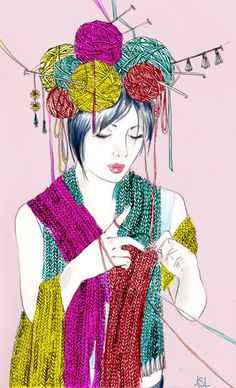
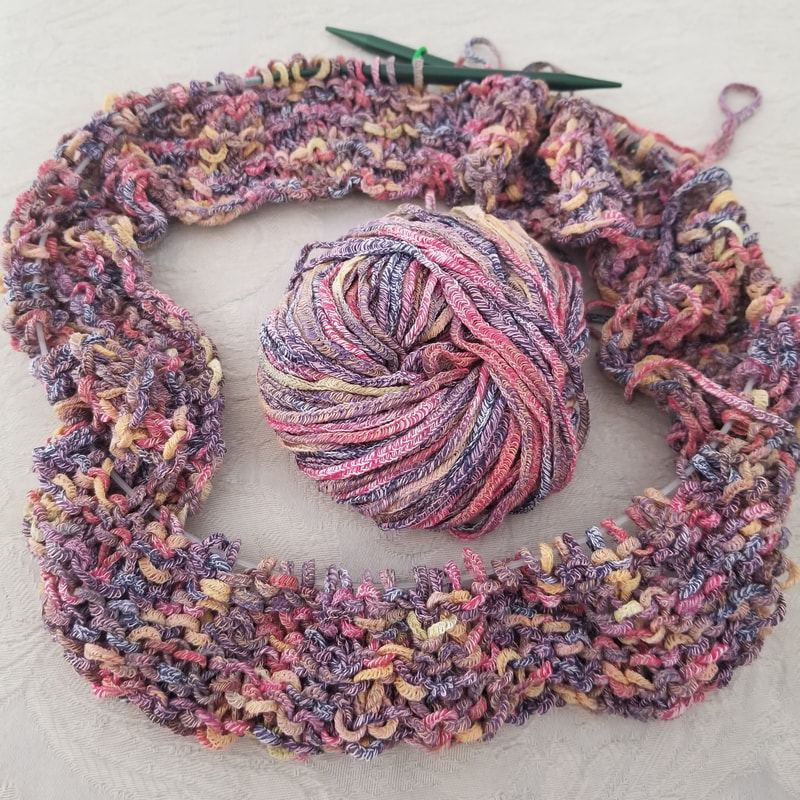
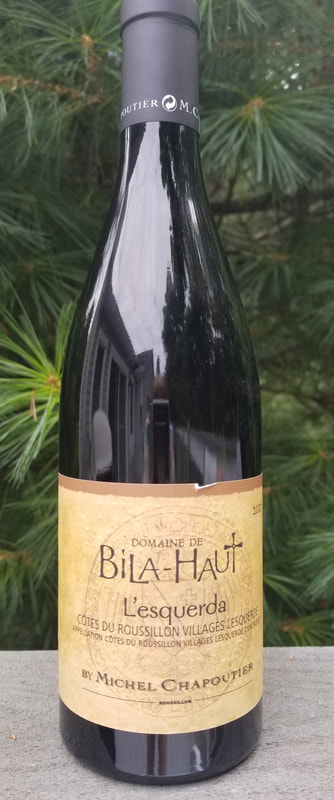
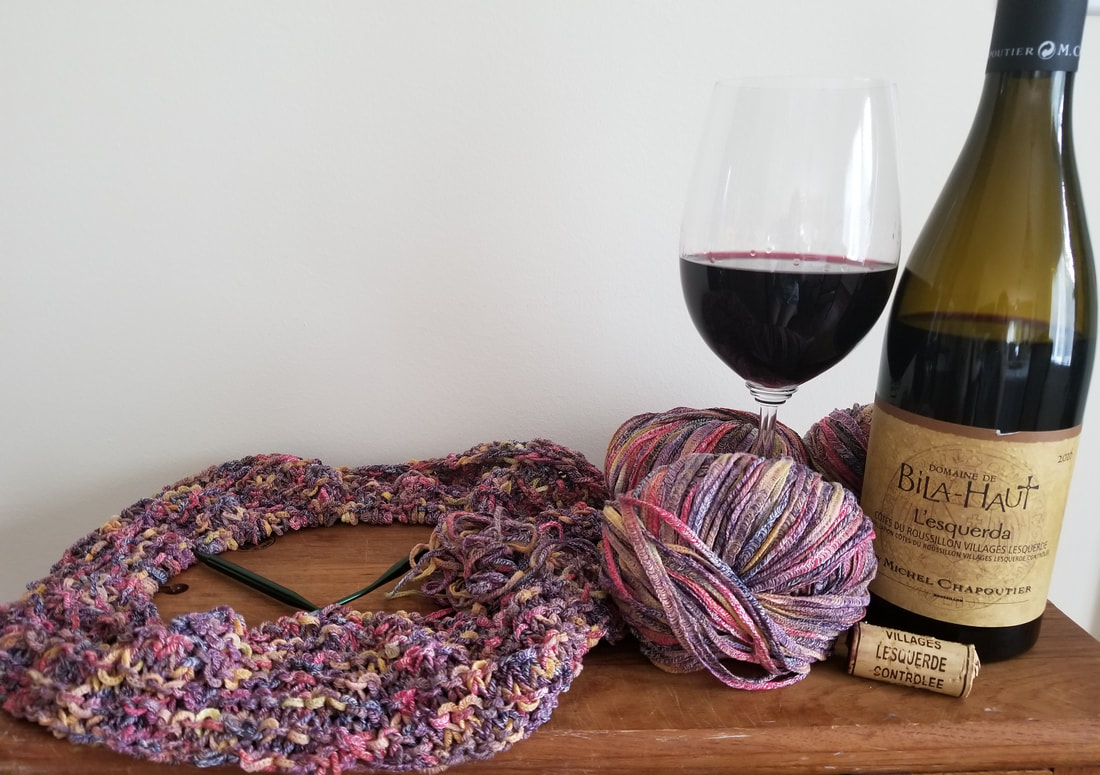

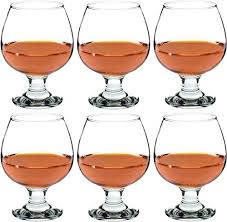
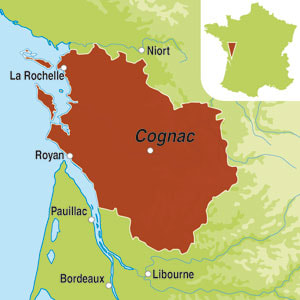
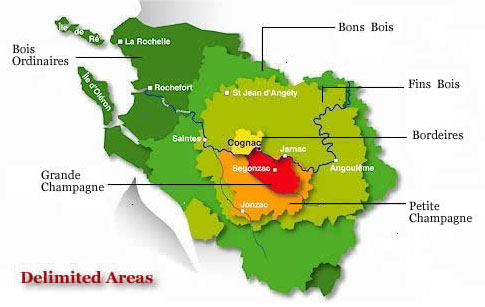
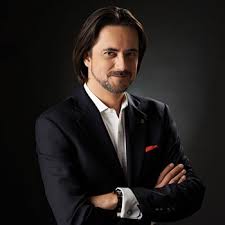

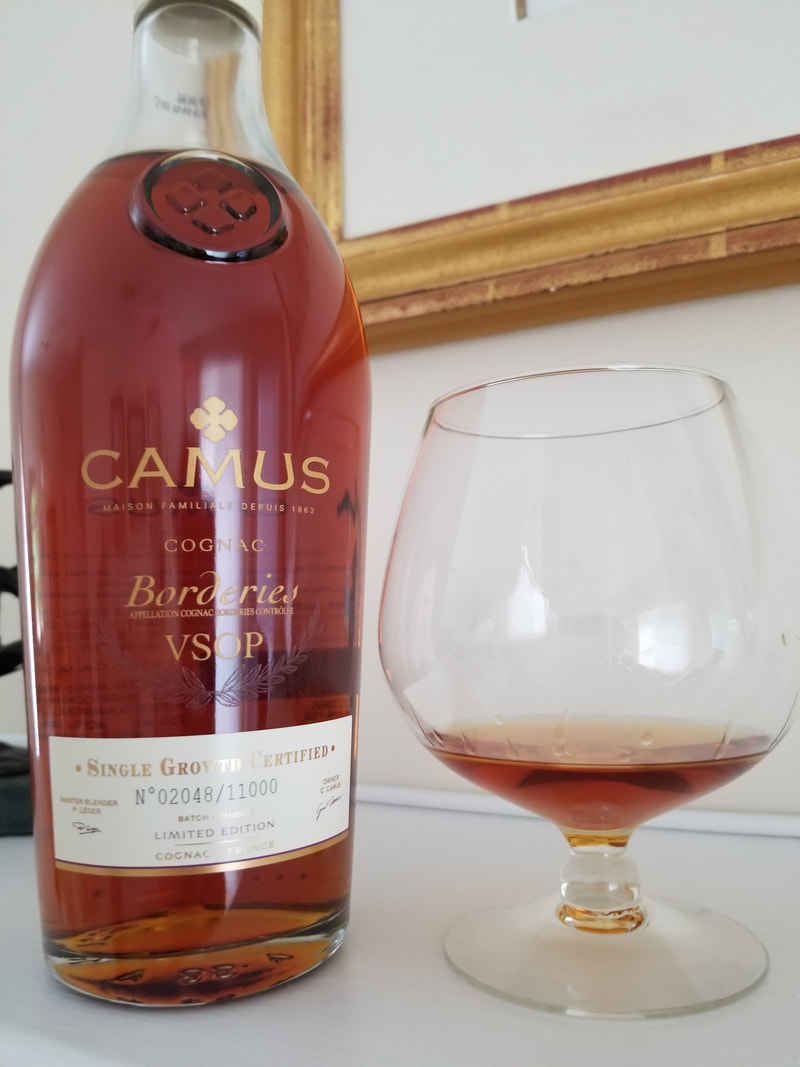
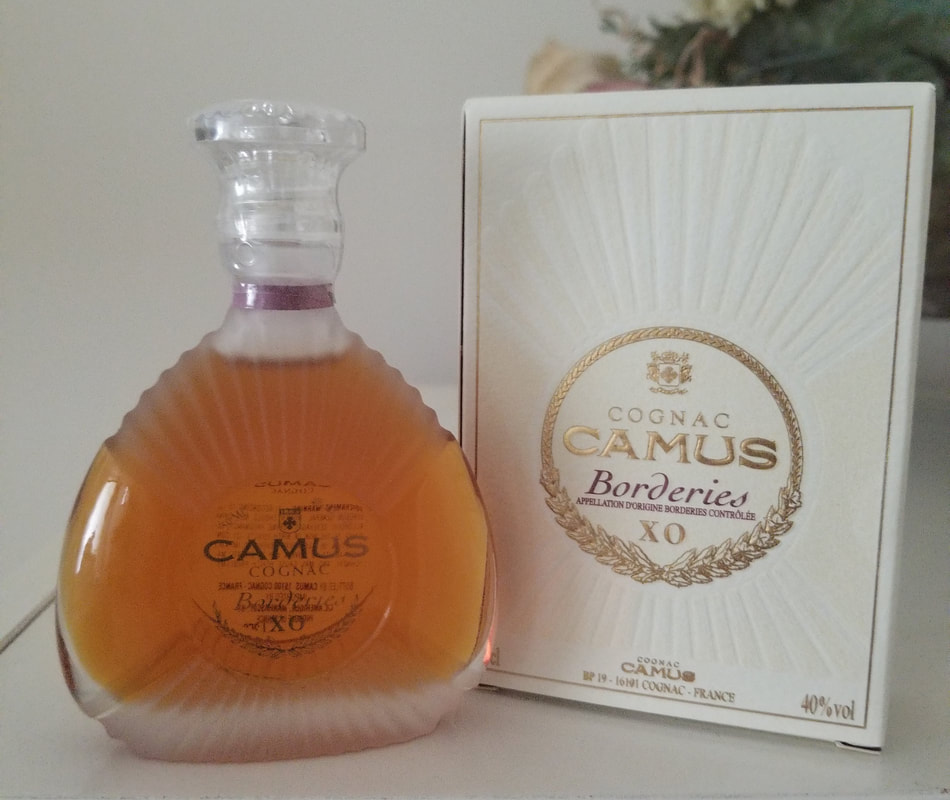
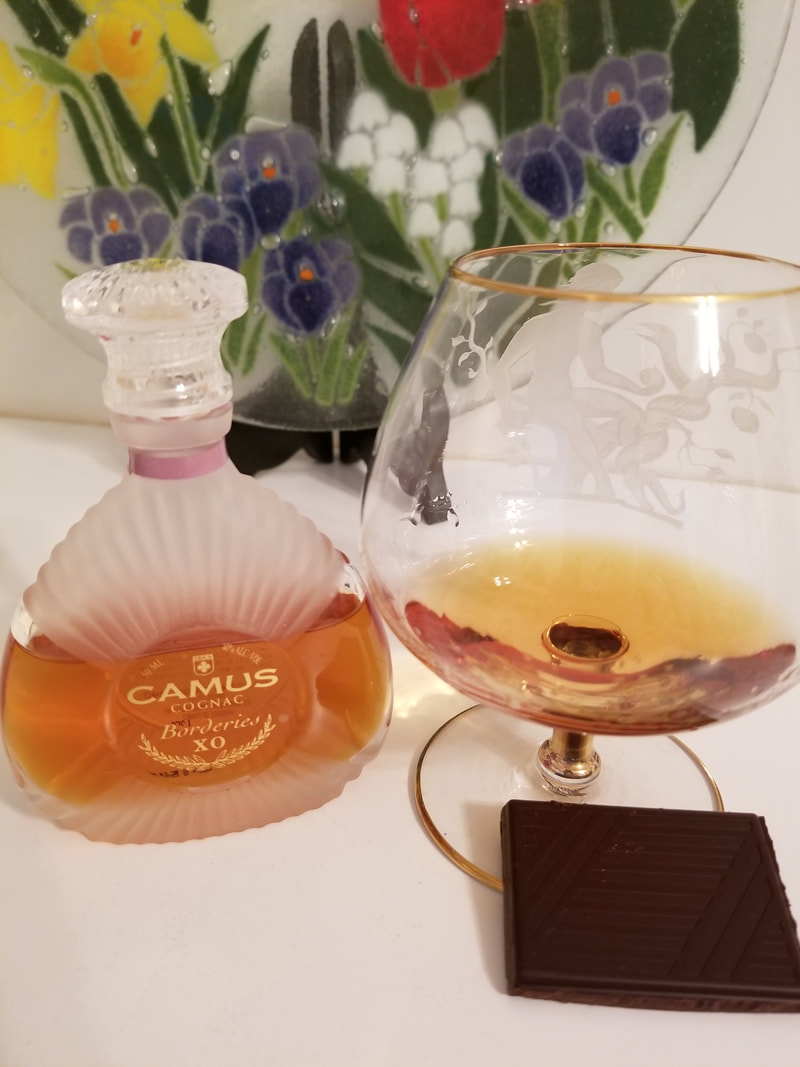
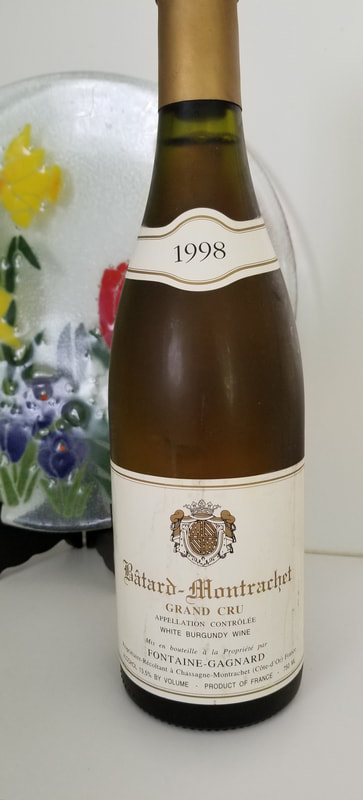
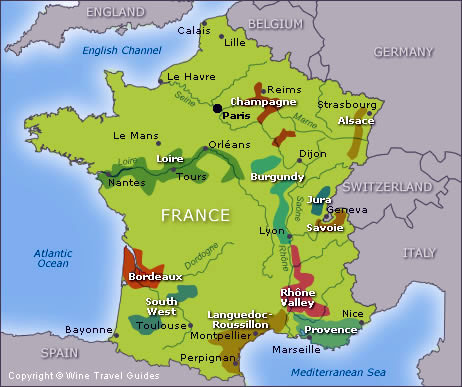
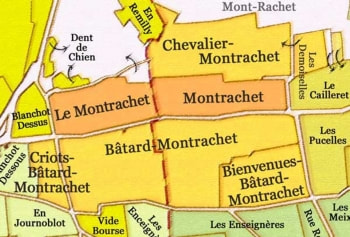
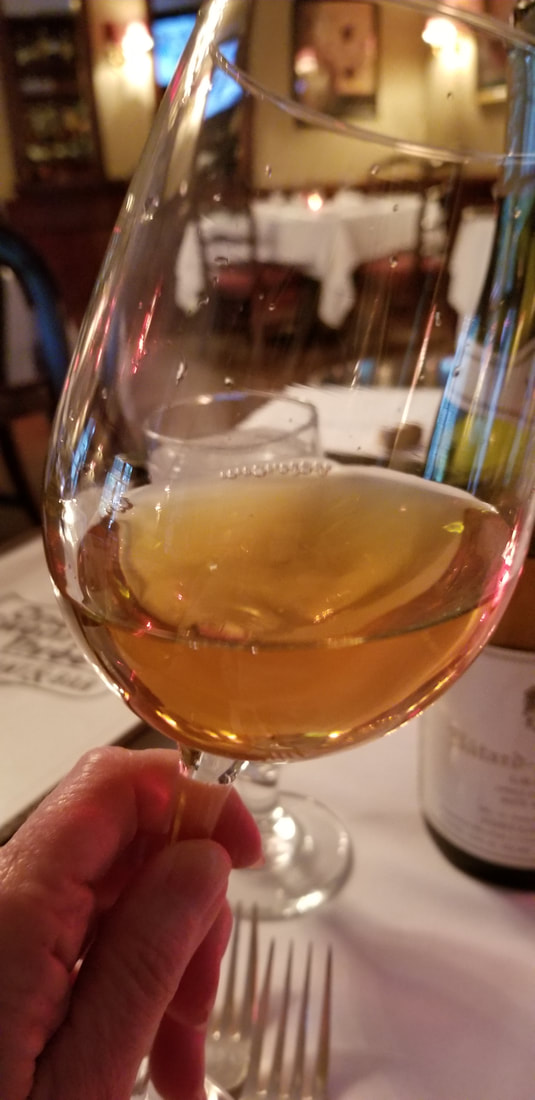
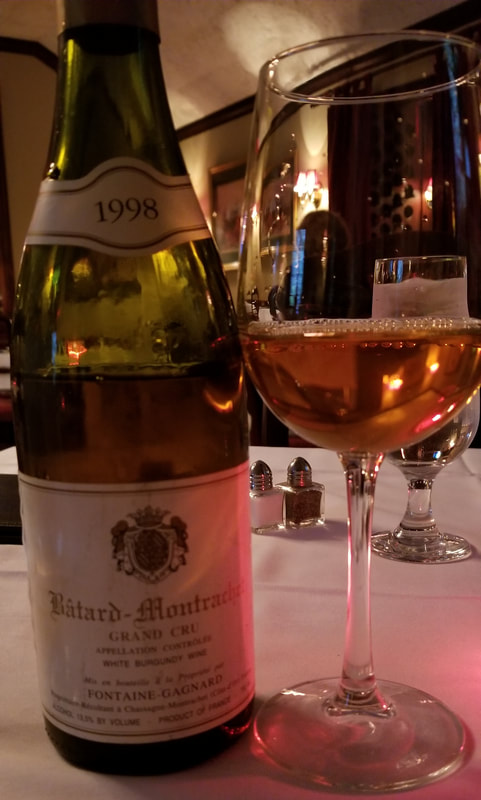
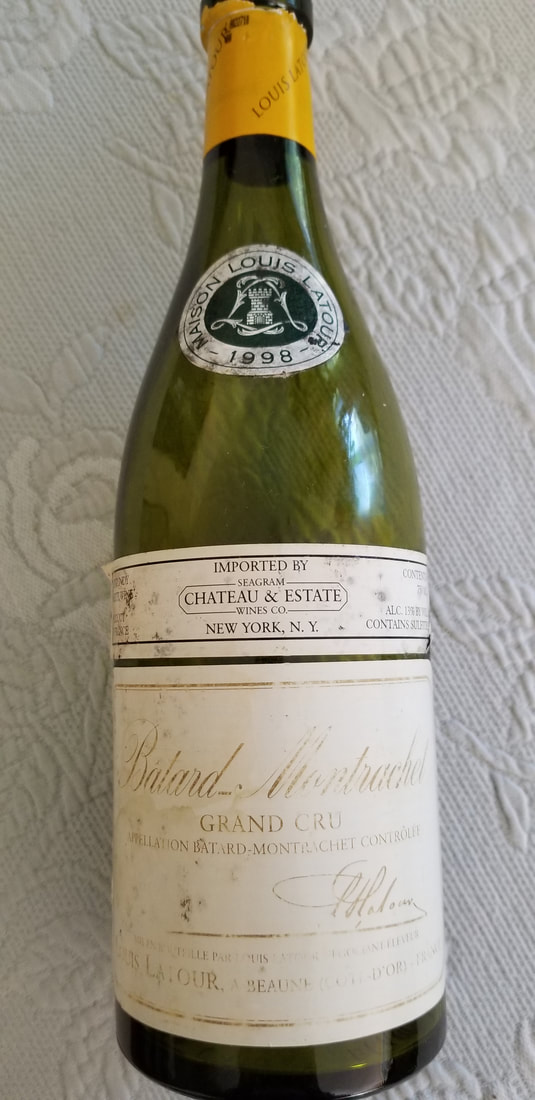
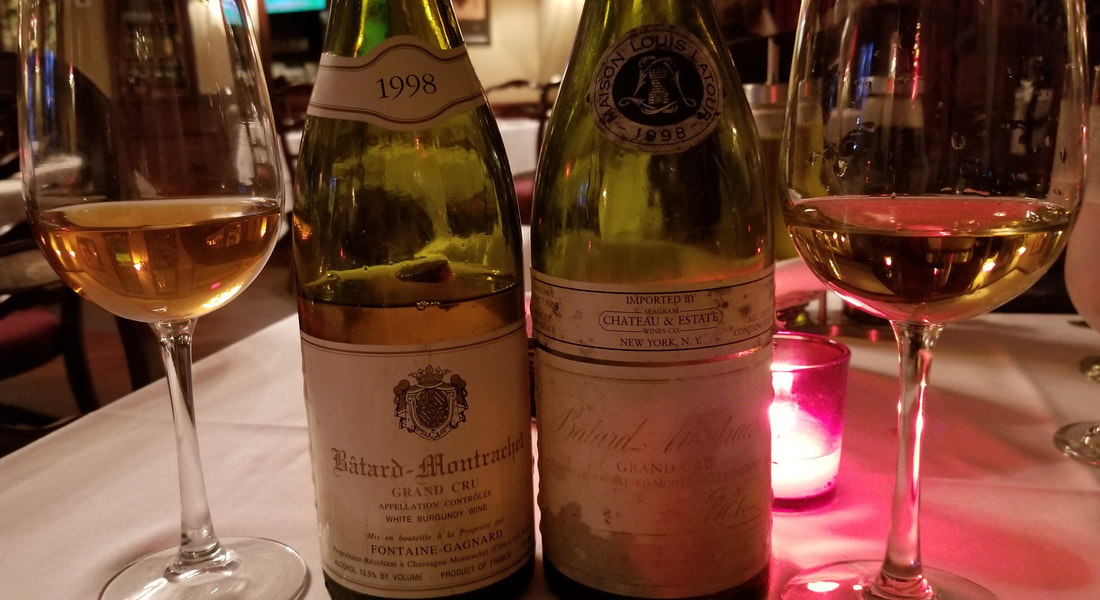
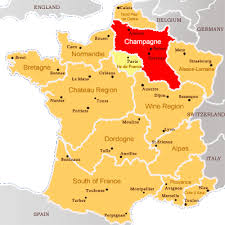
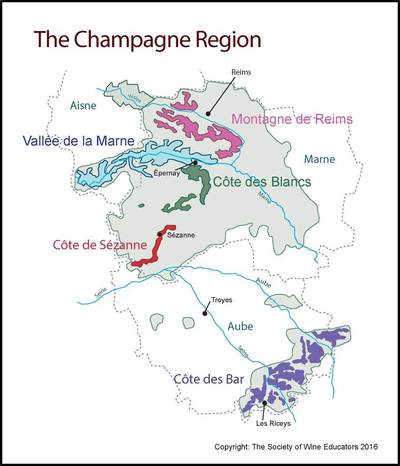
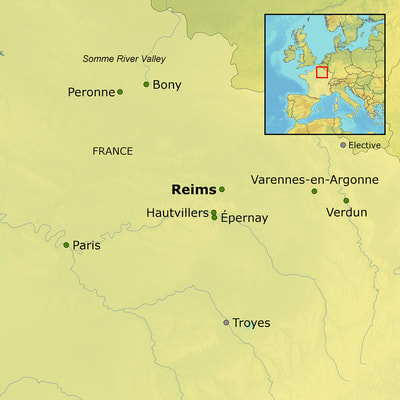
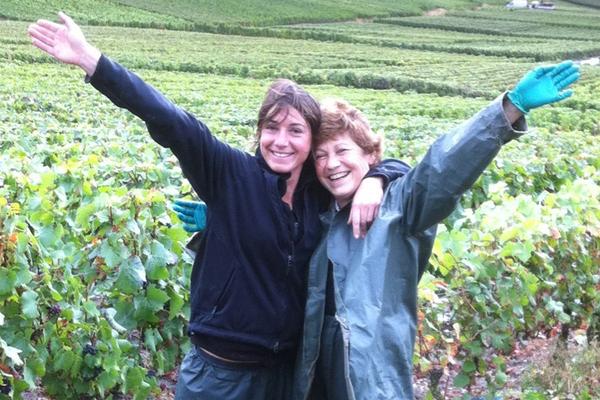
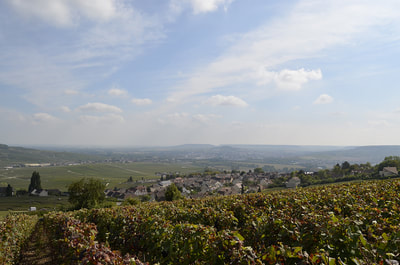
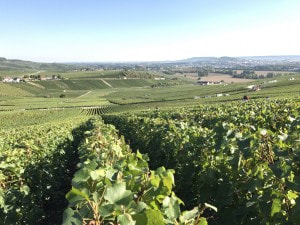
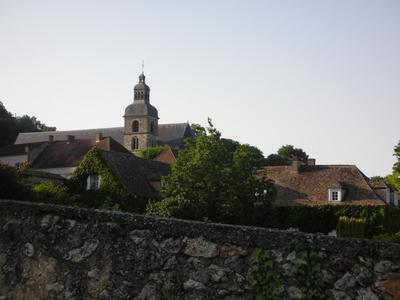
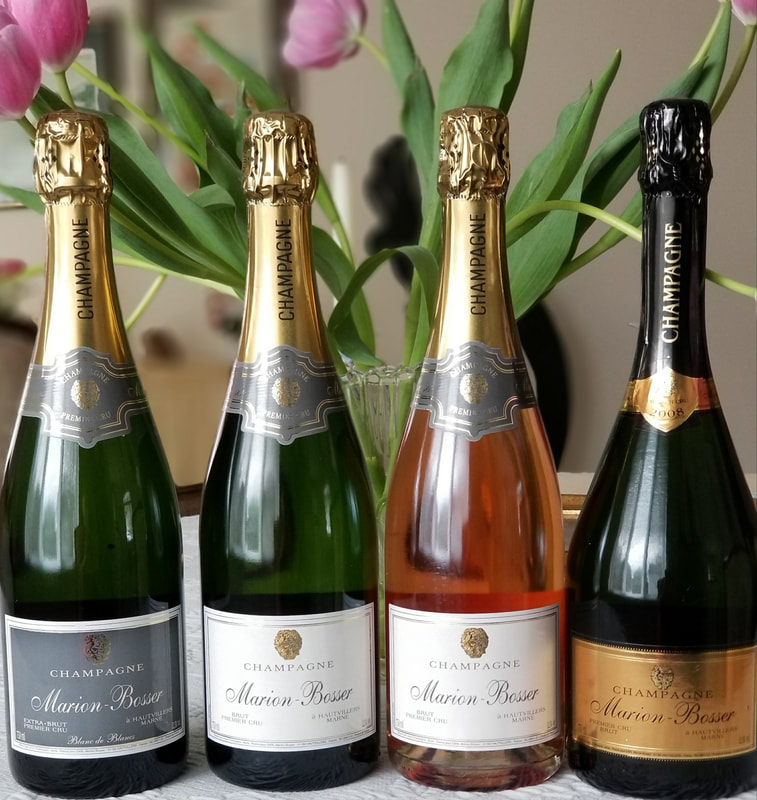
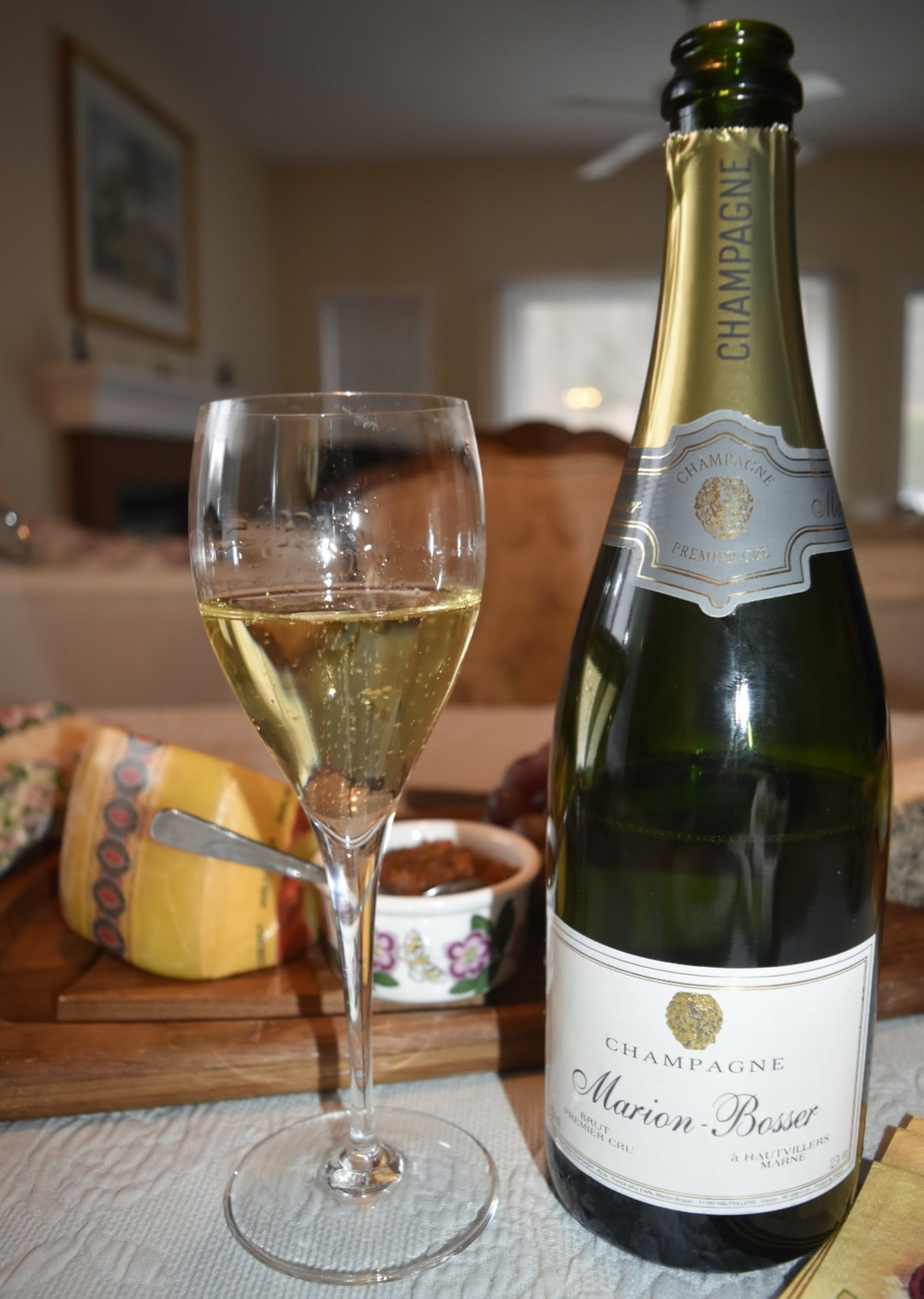
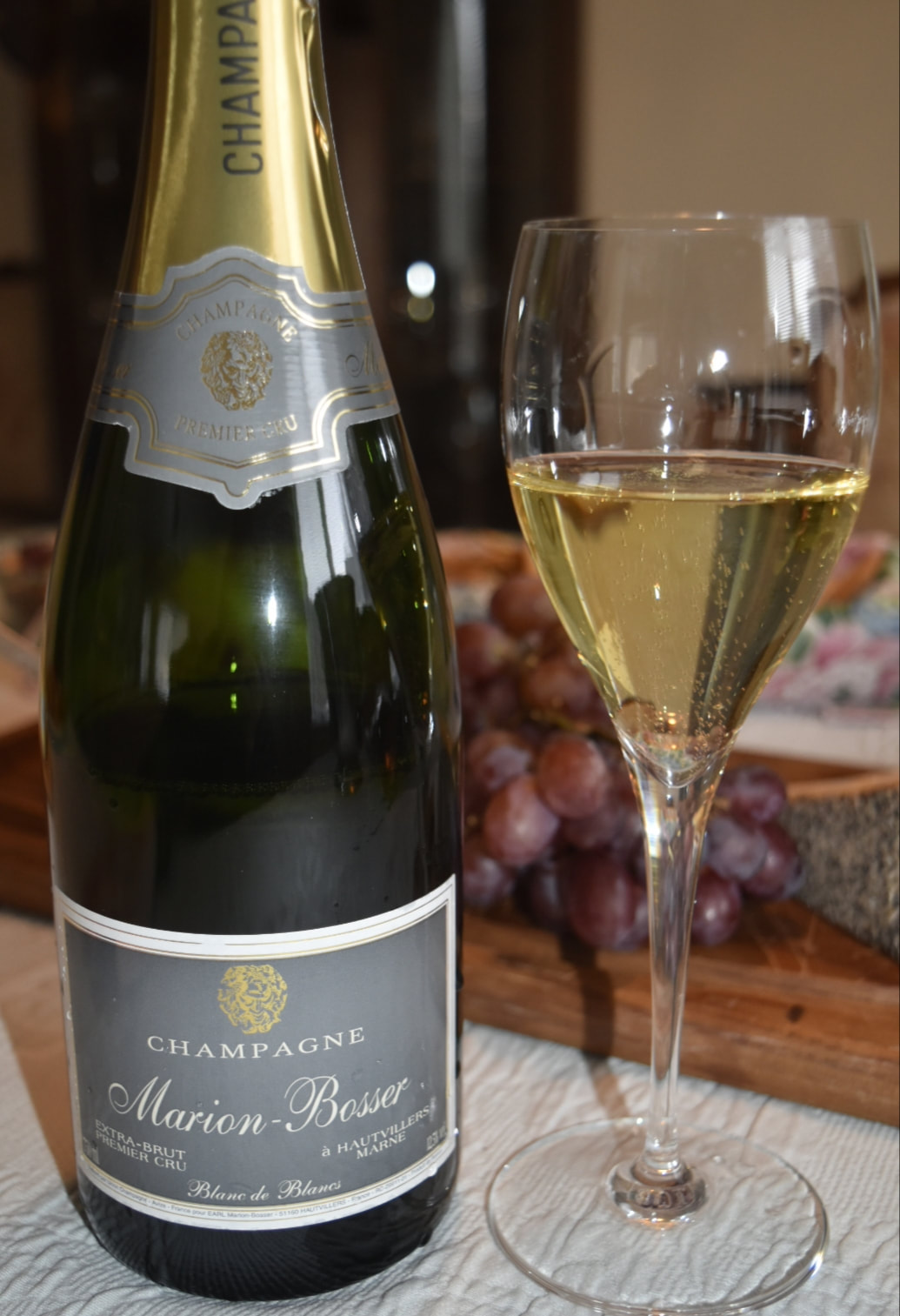
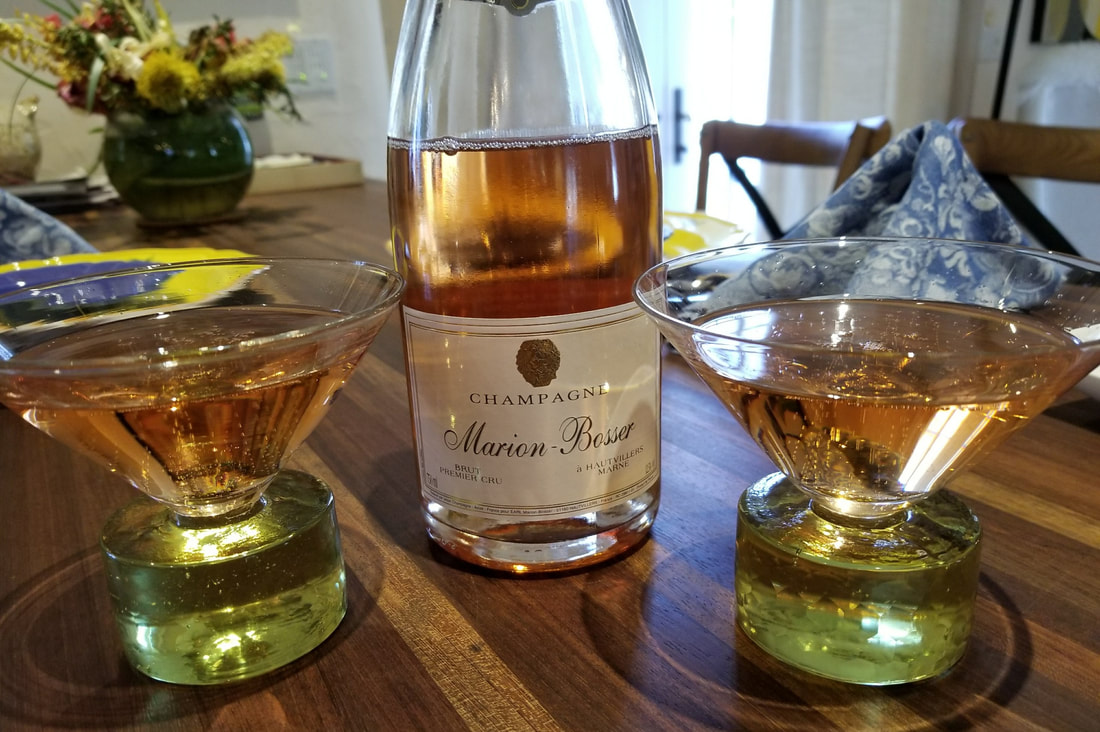
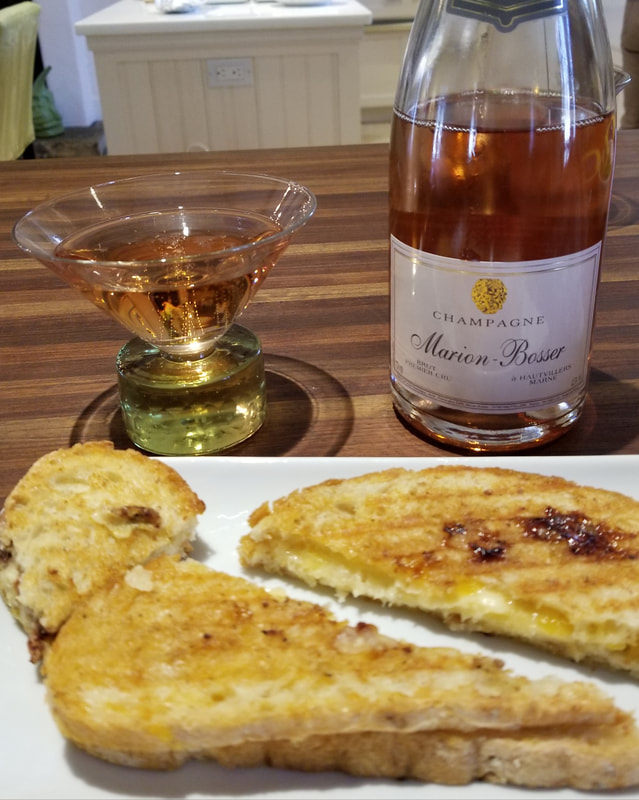
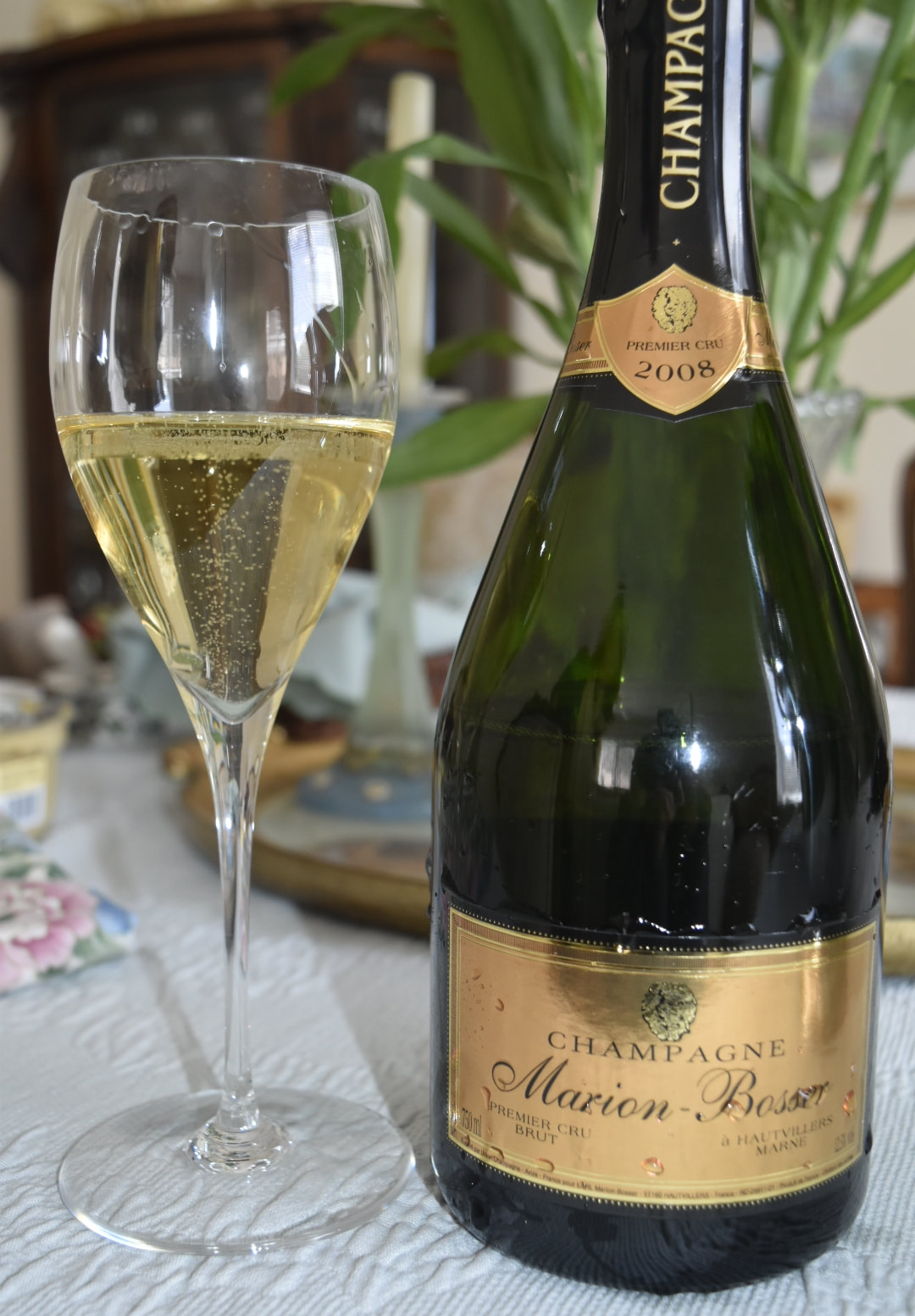
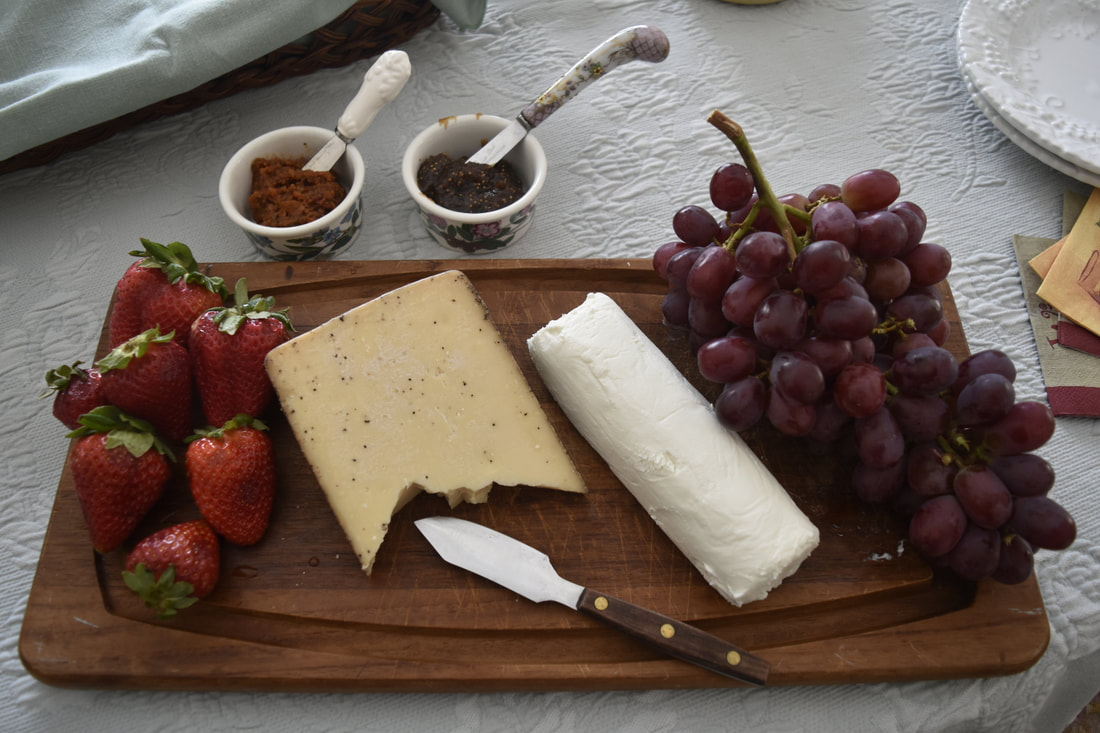
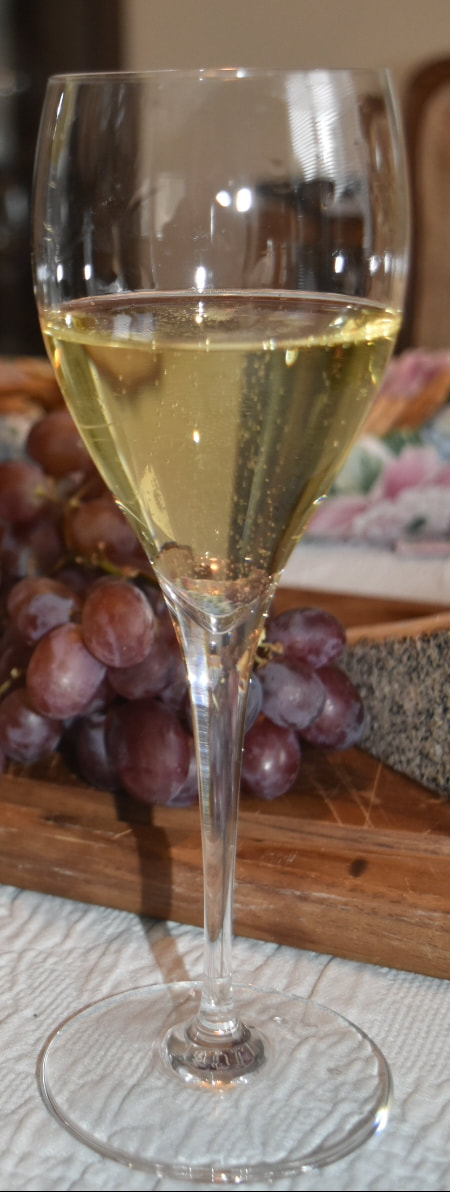
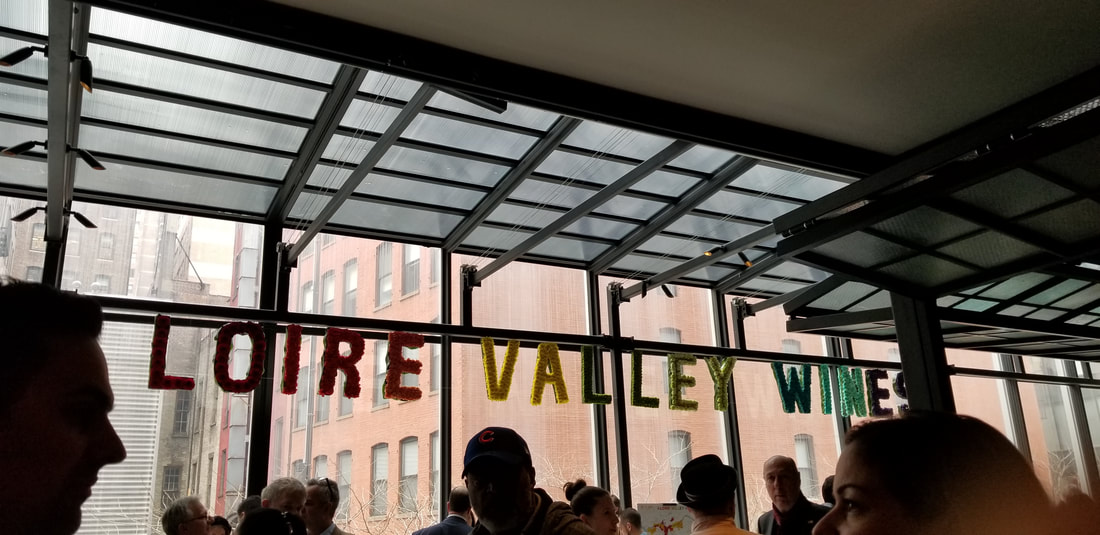
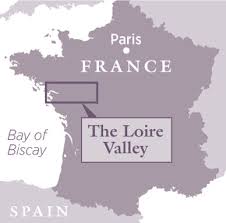
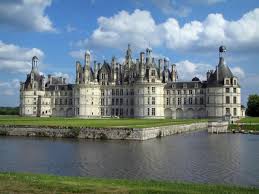
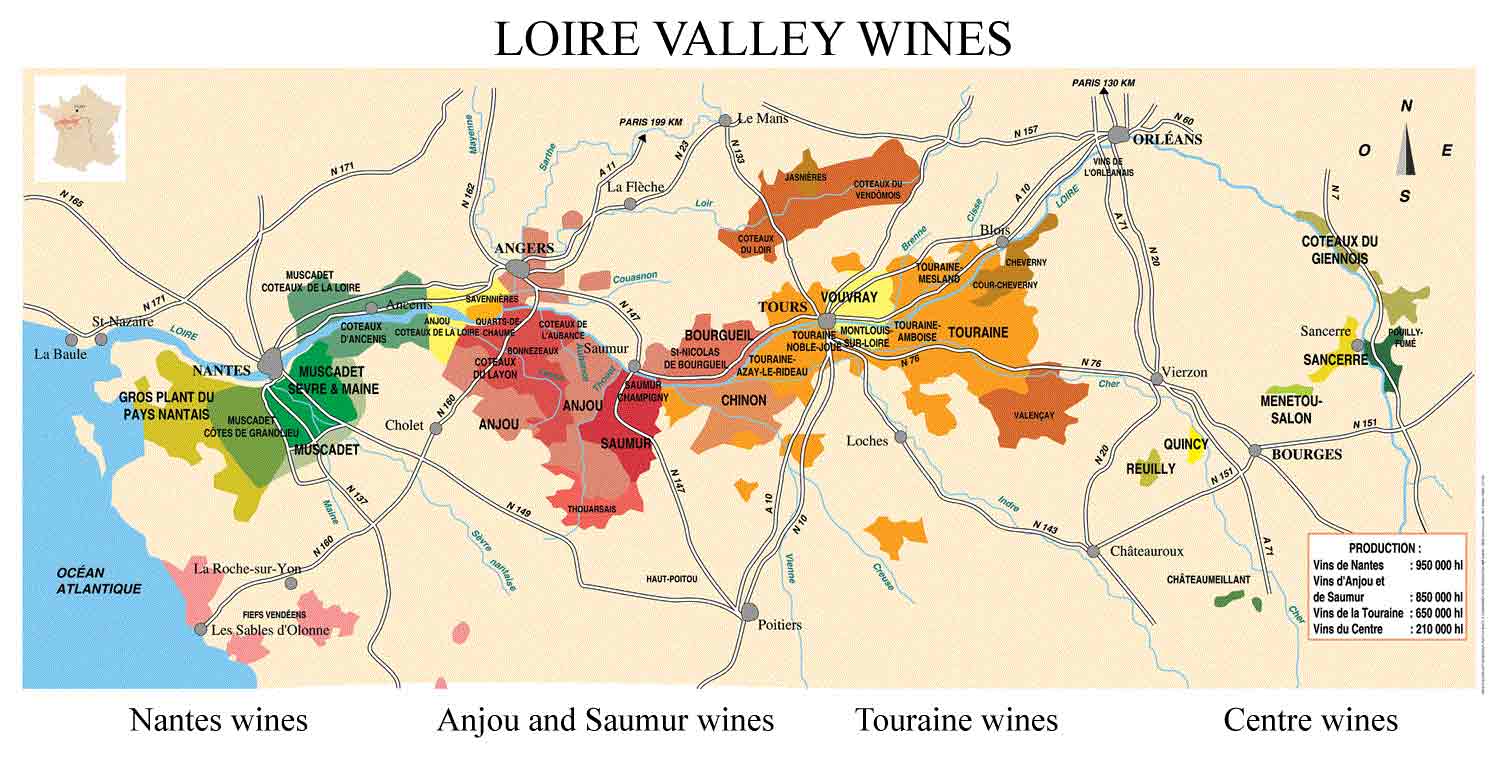

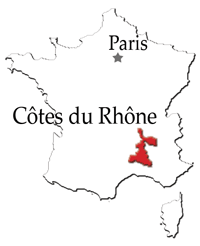
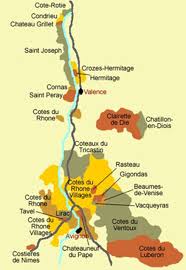
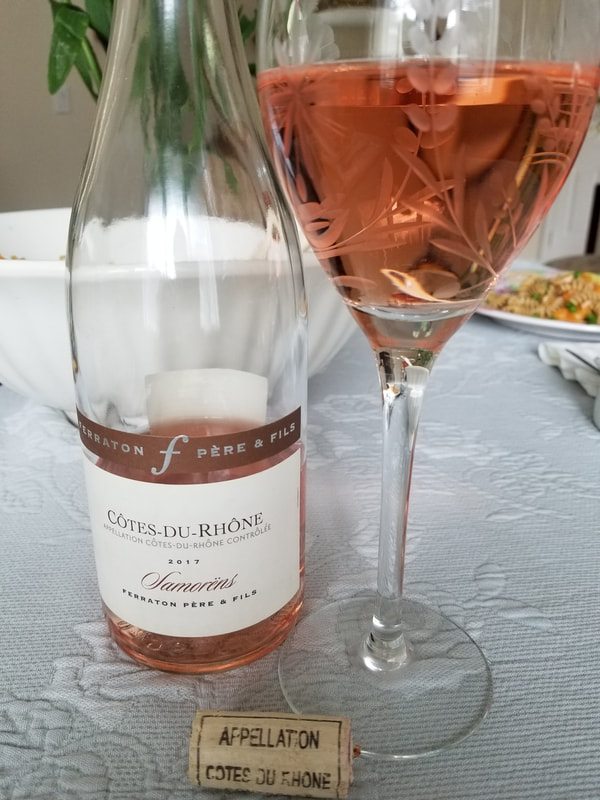
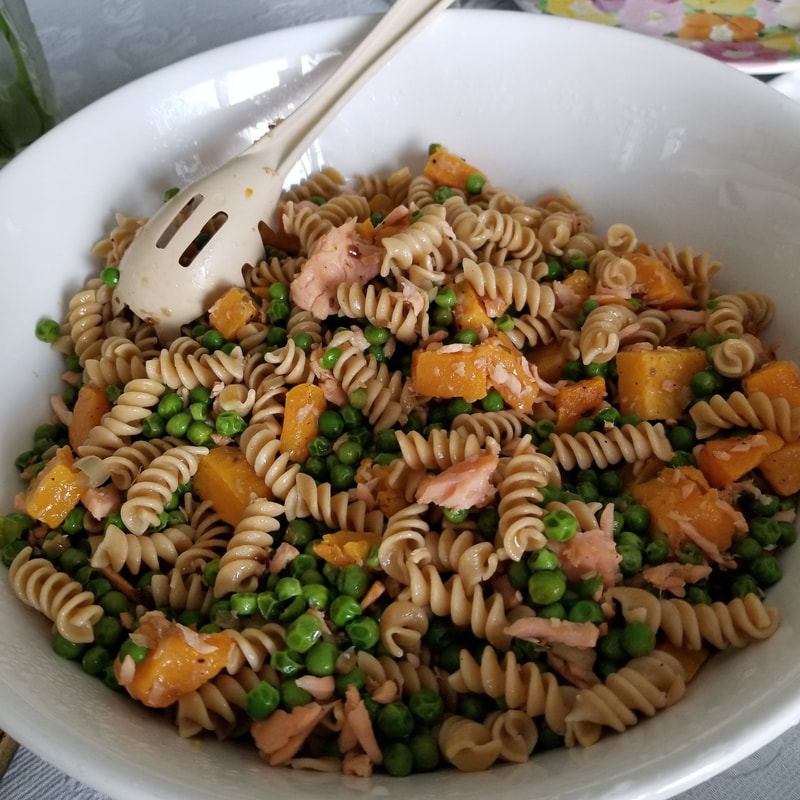
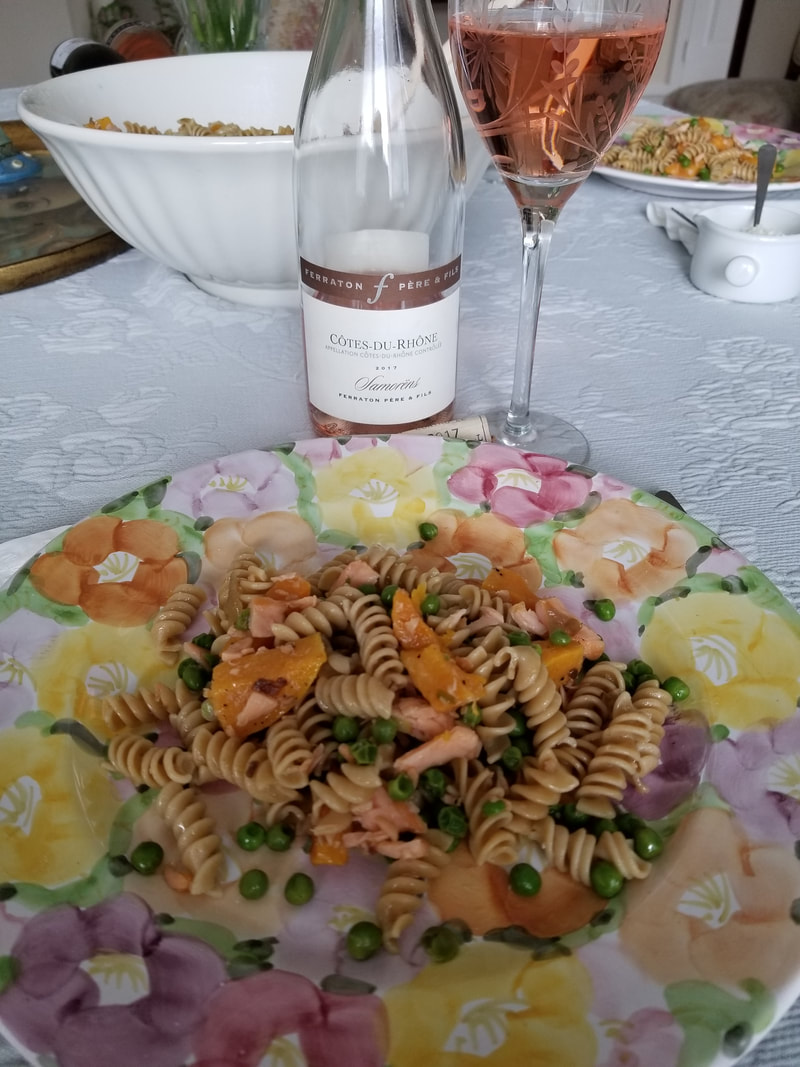
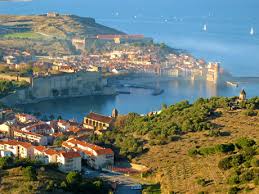
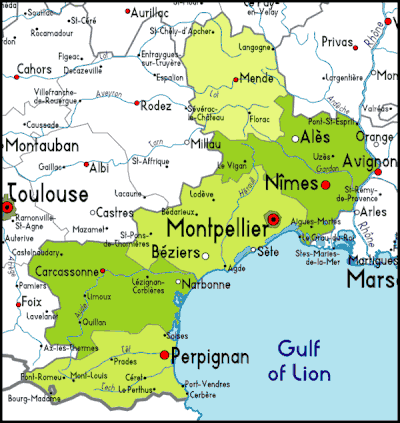
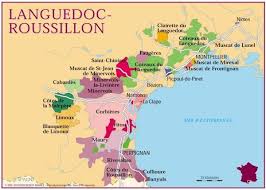
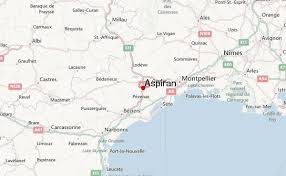
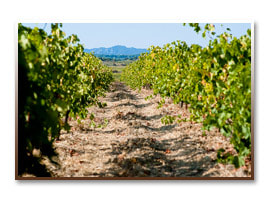
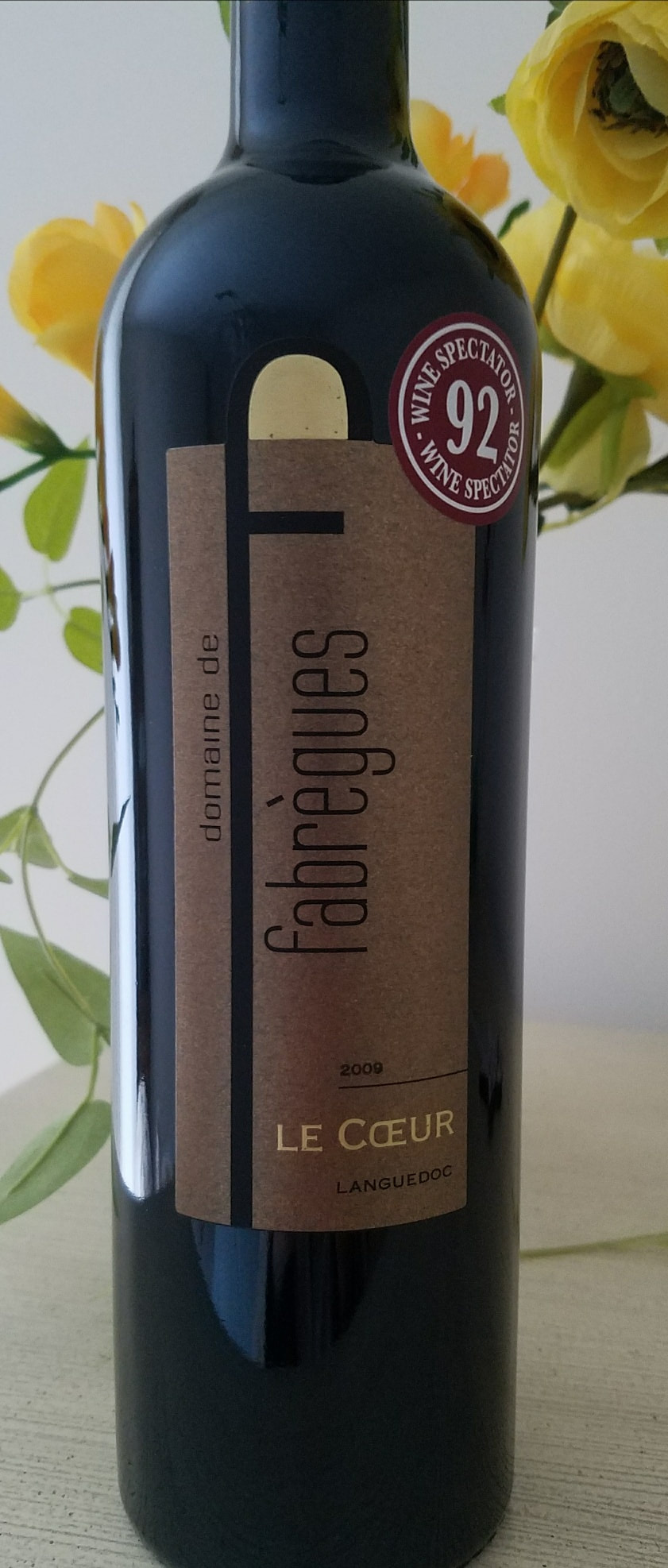
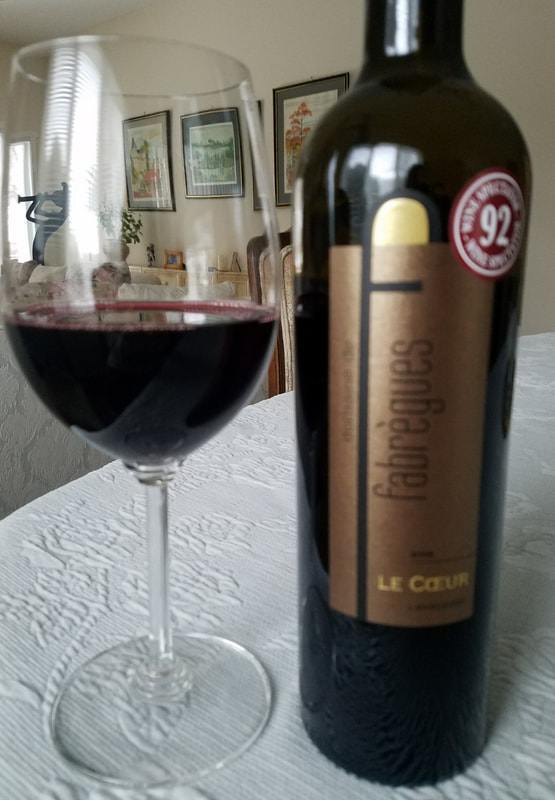
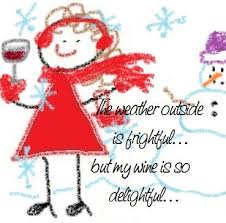
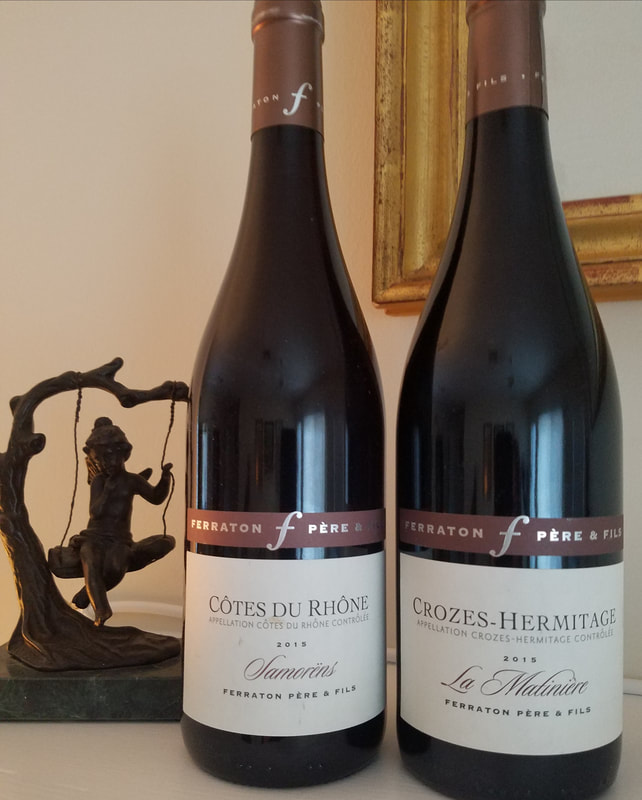
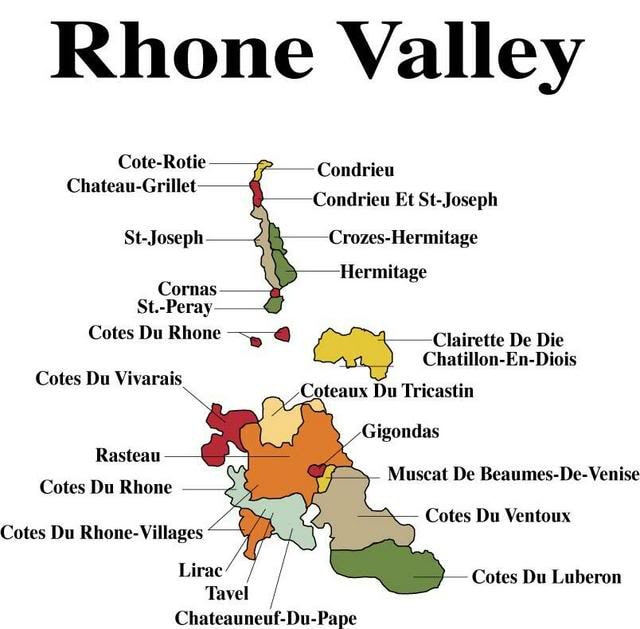
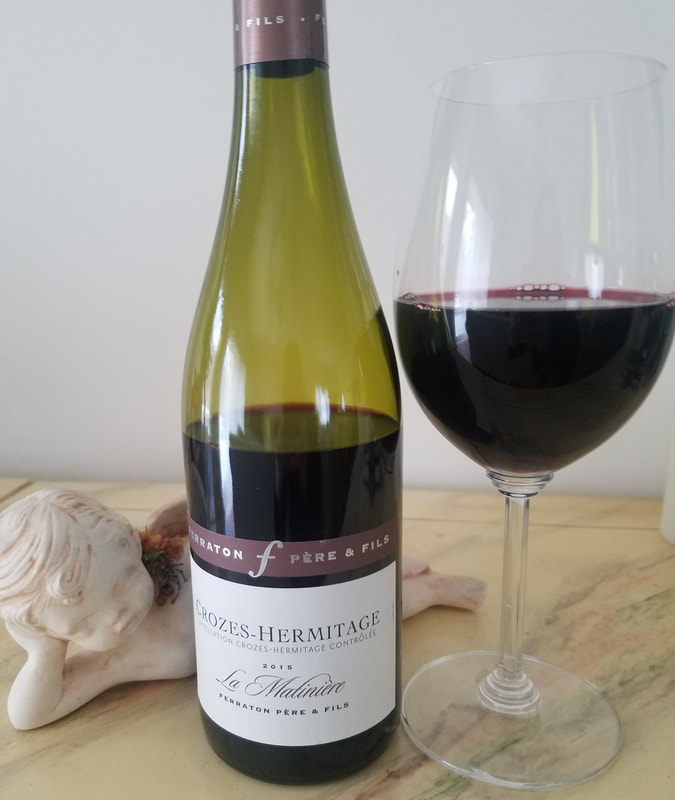
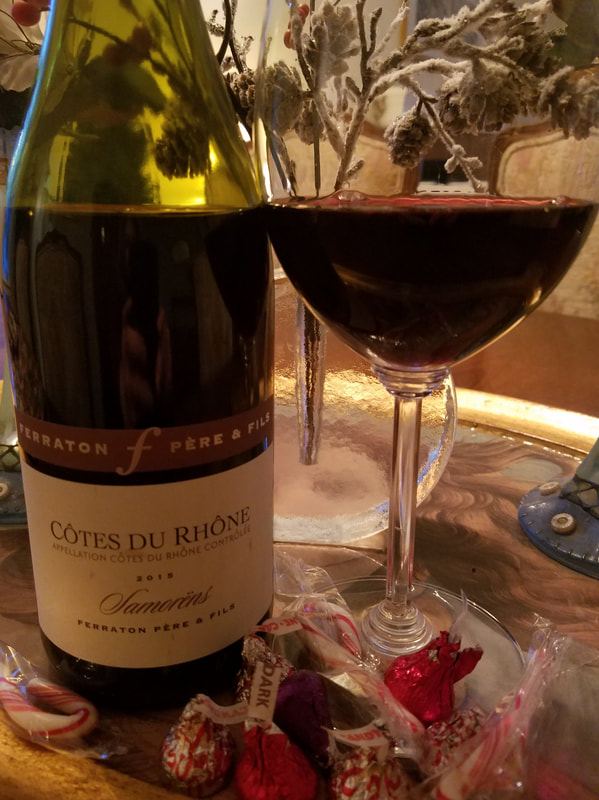
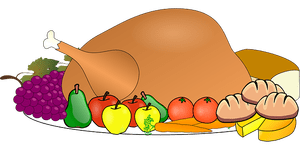
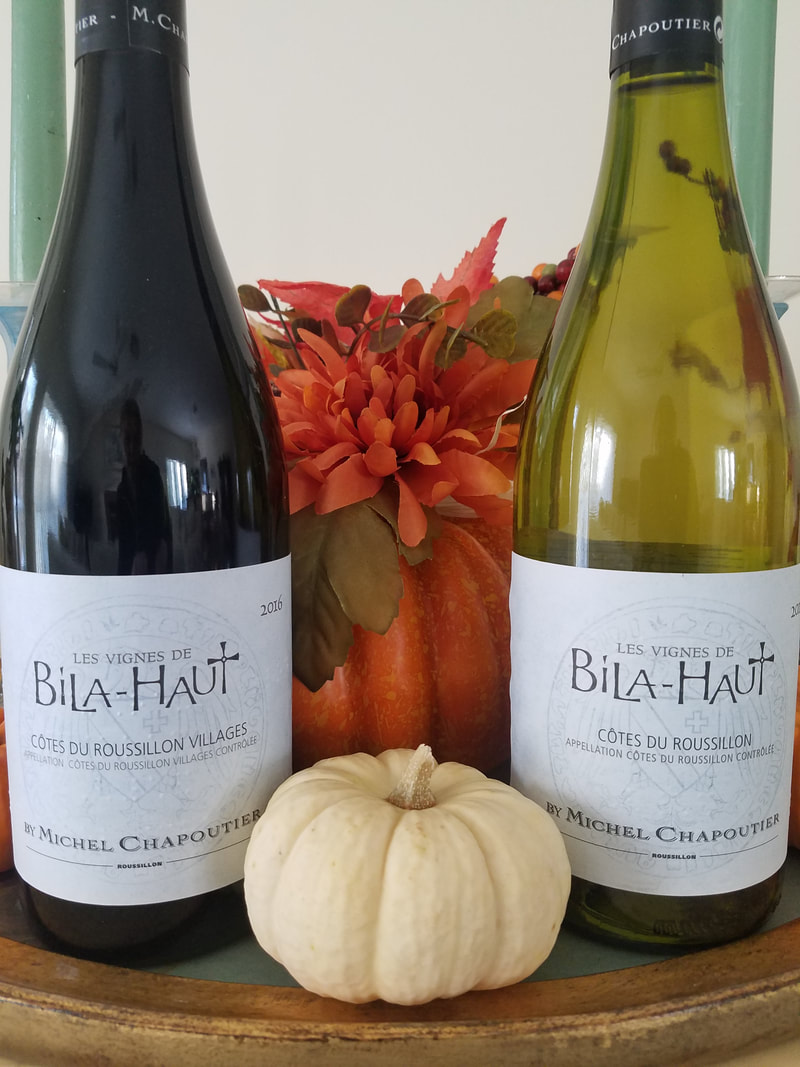
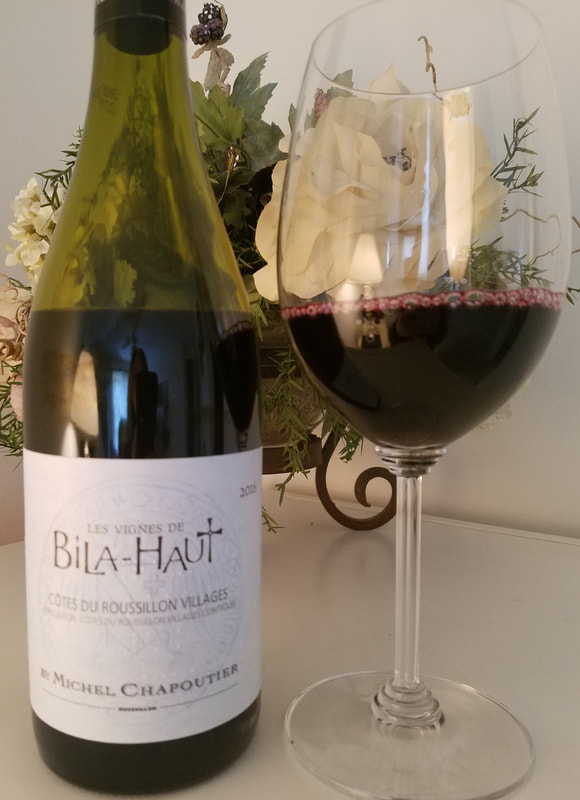
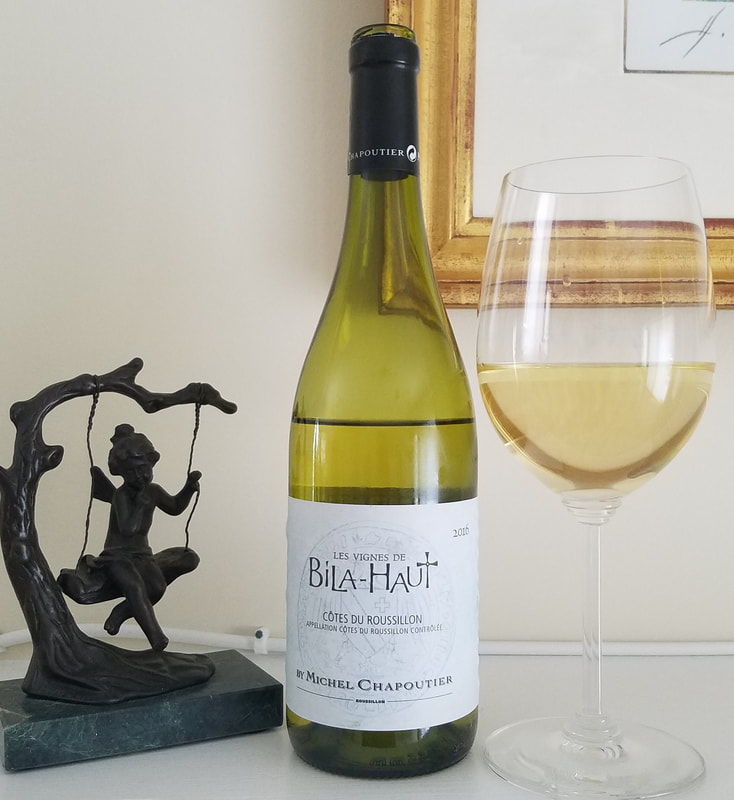
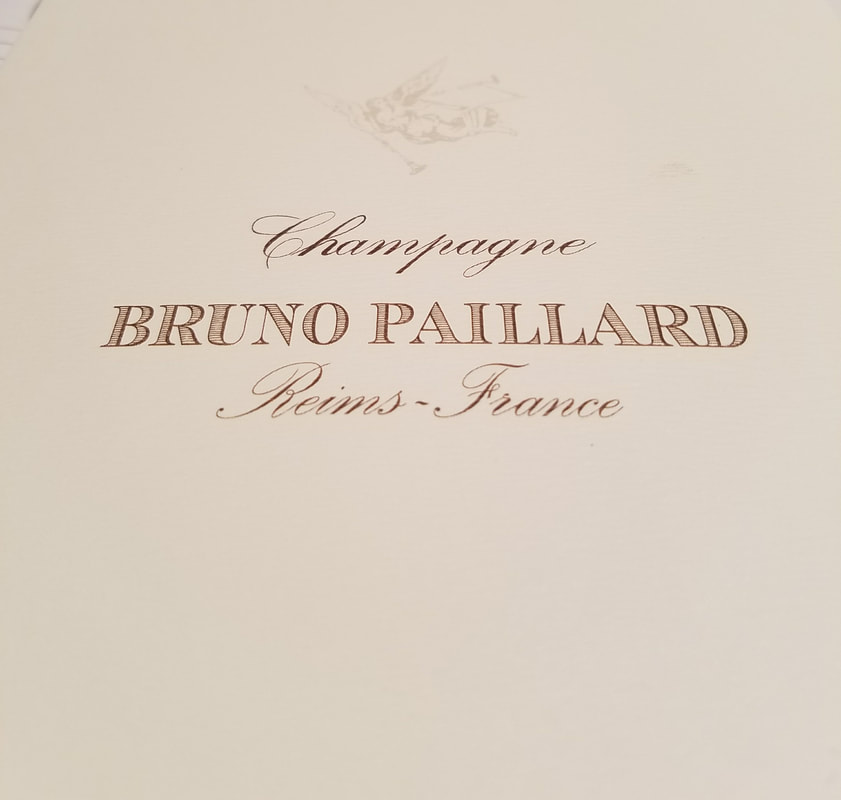
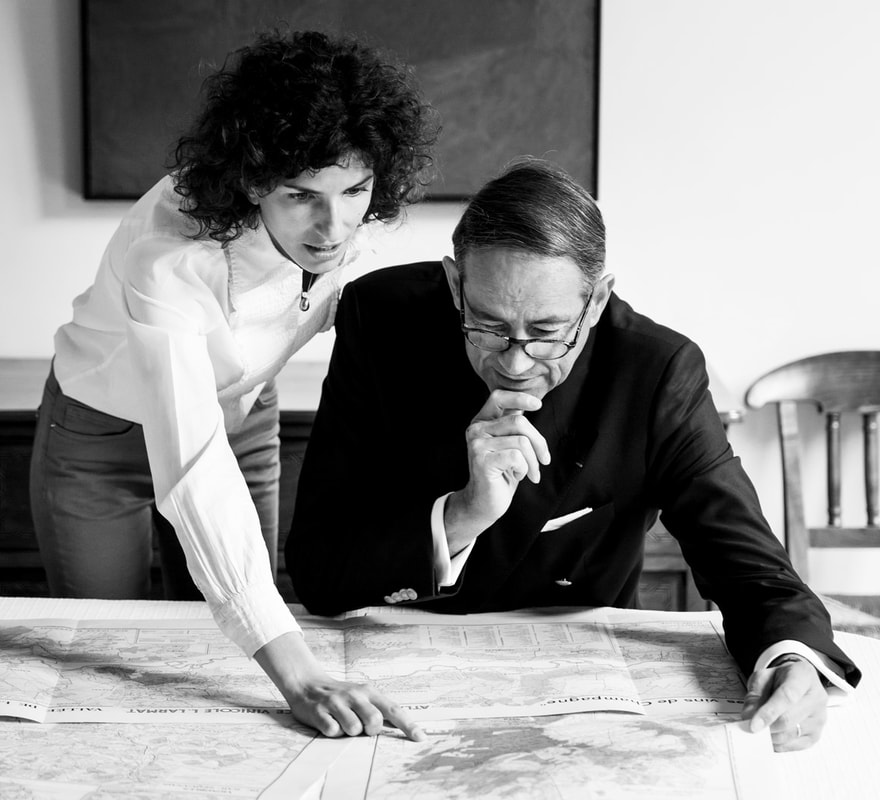
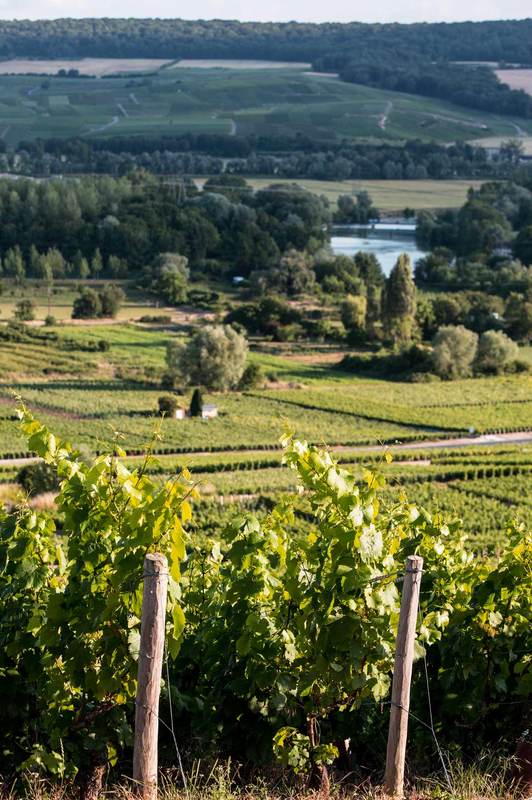
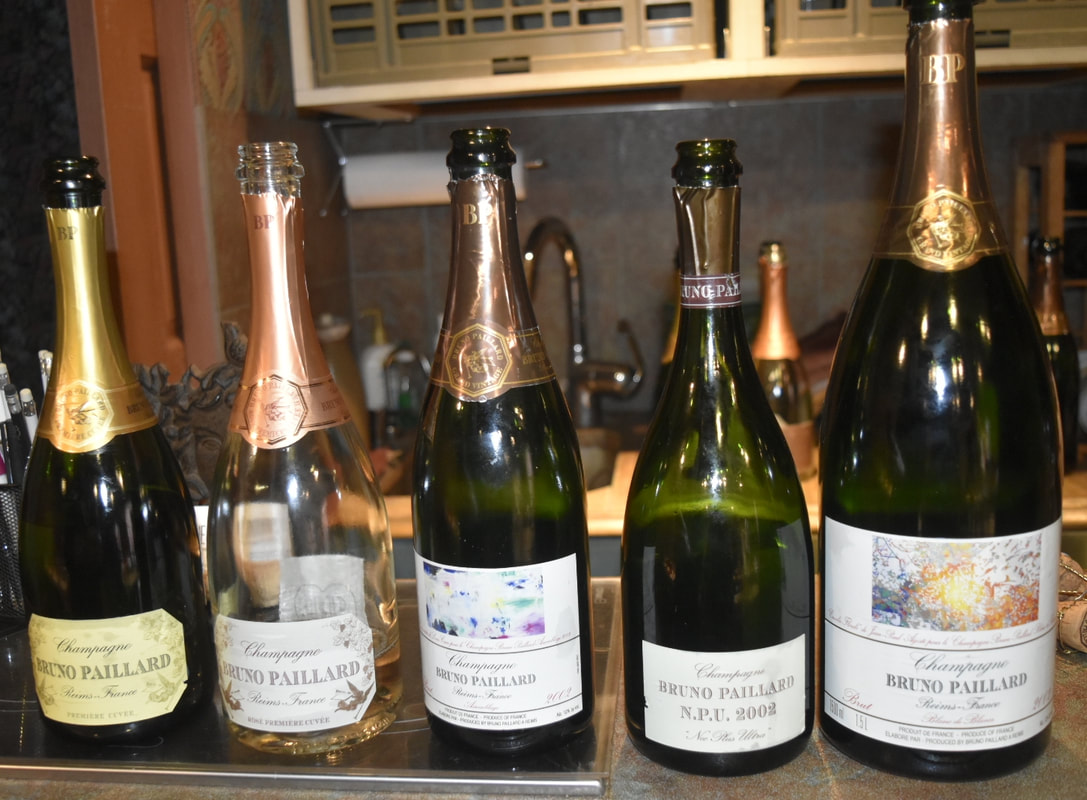
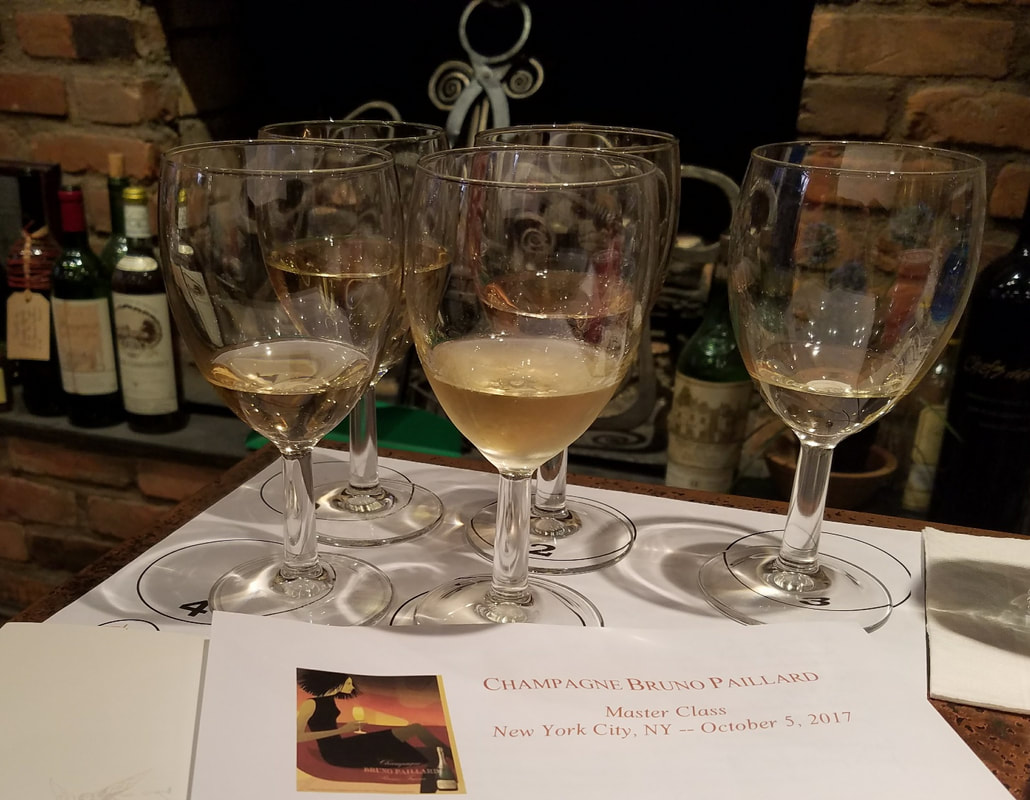
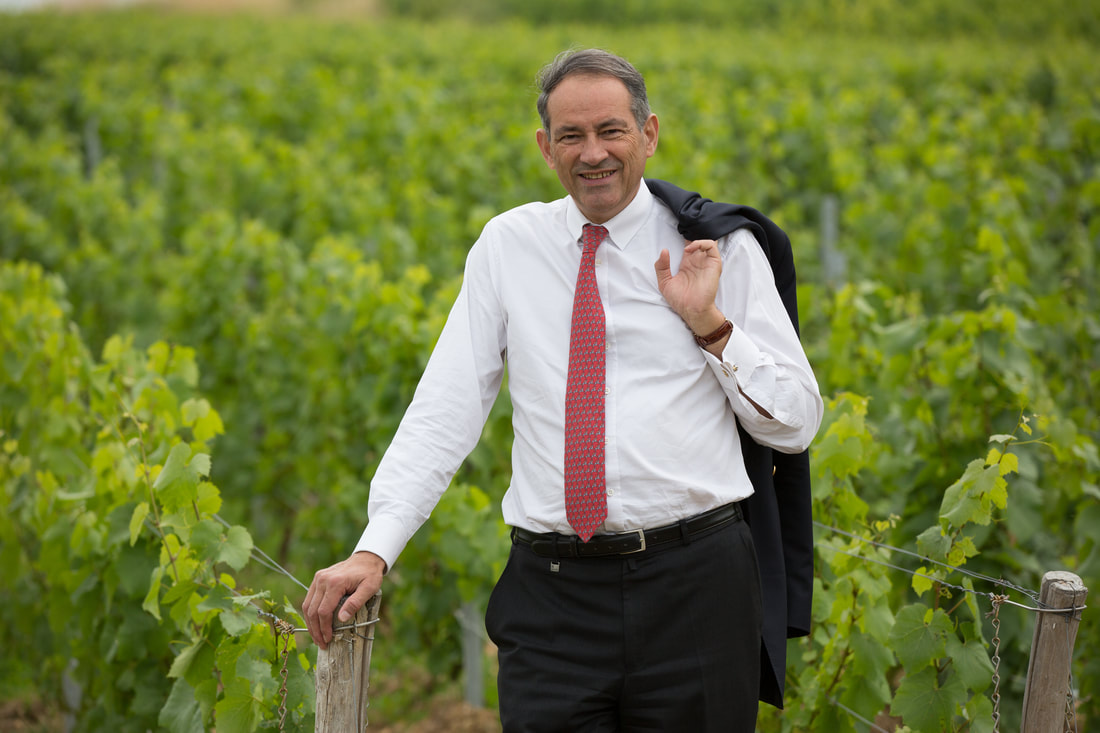
 RSS Feed
RSS Feed